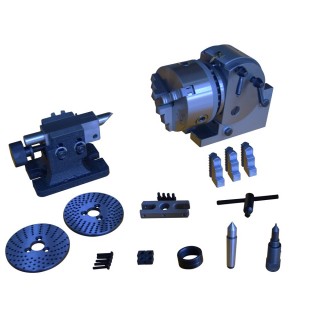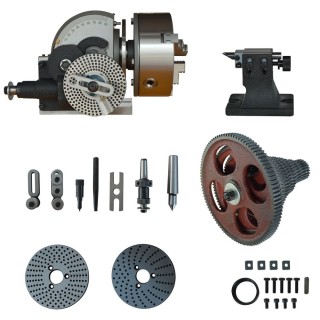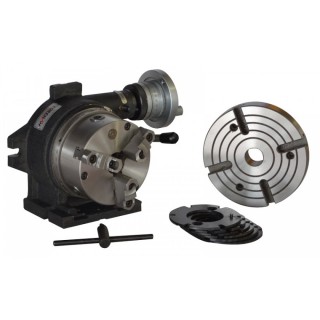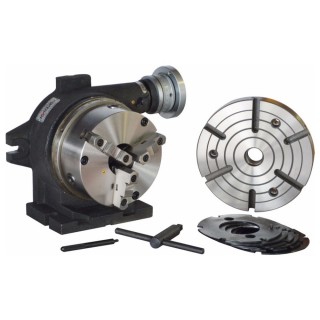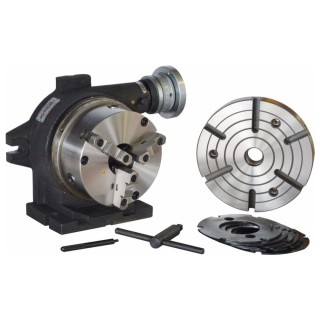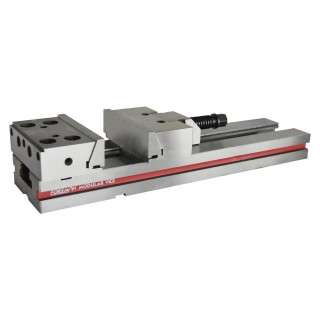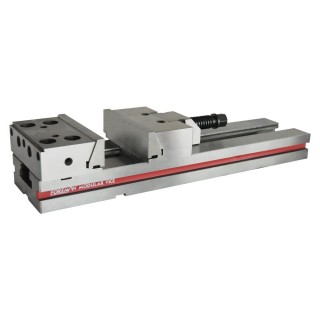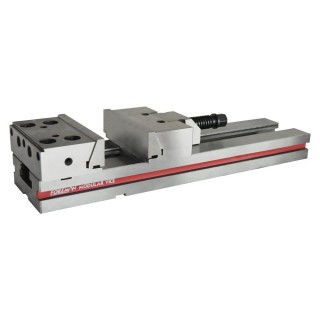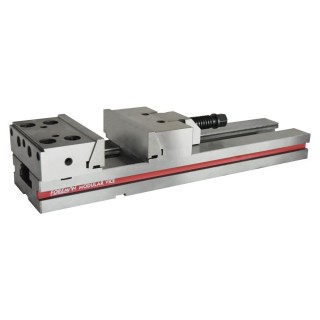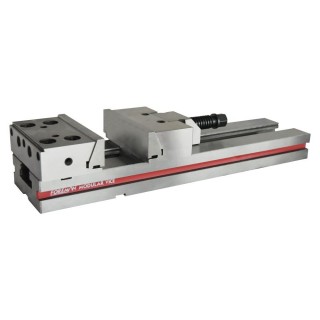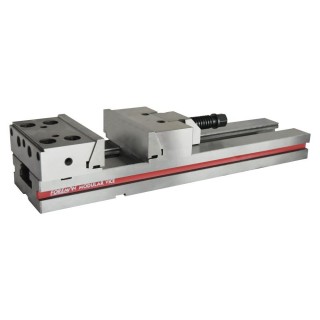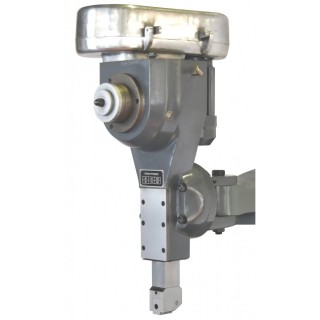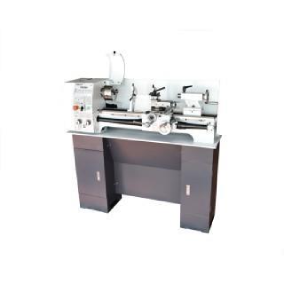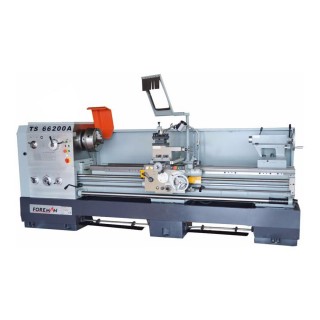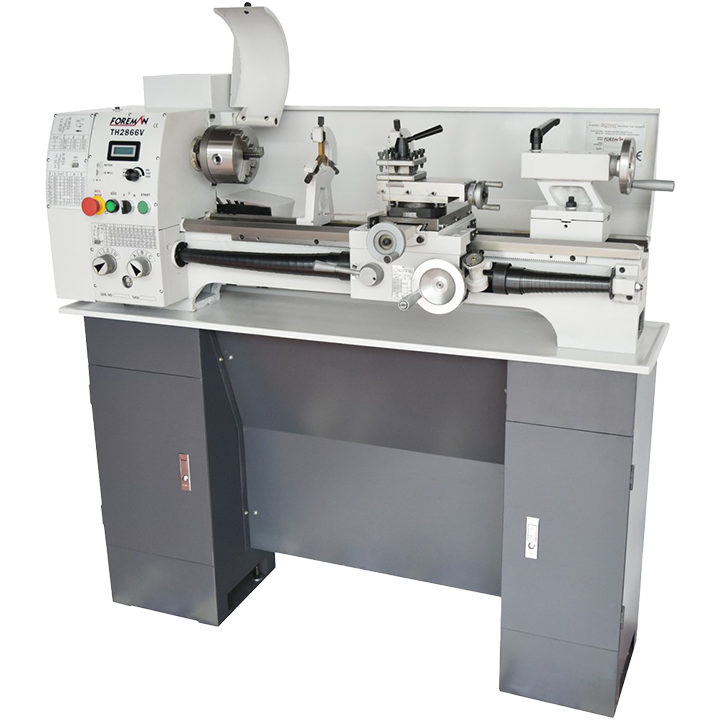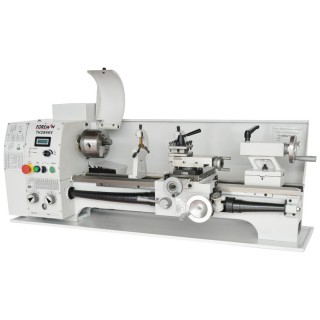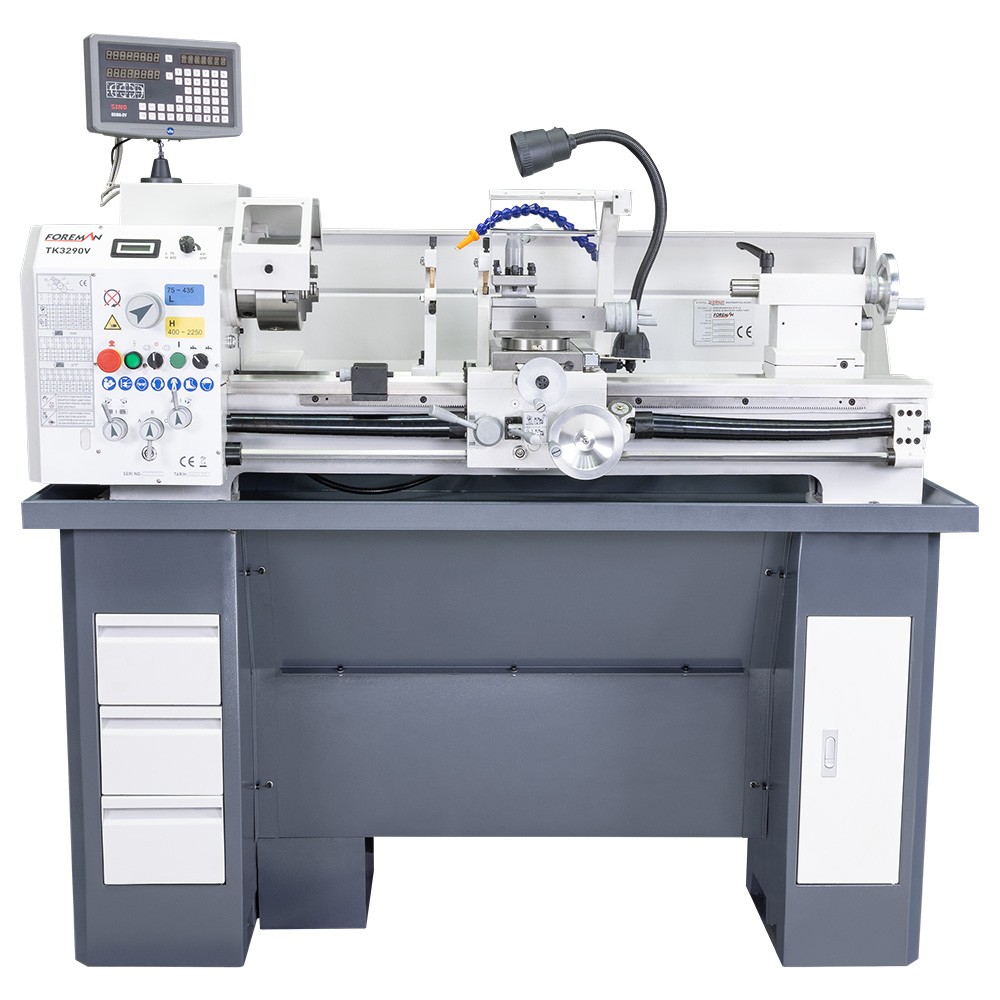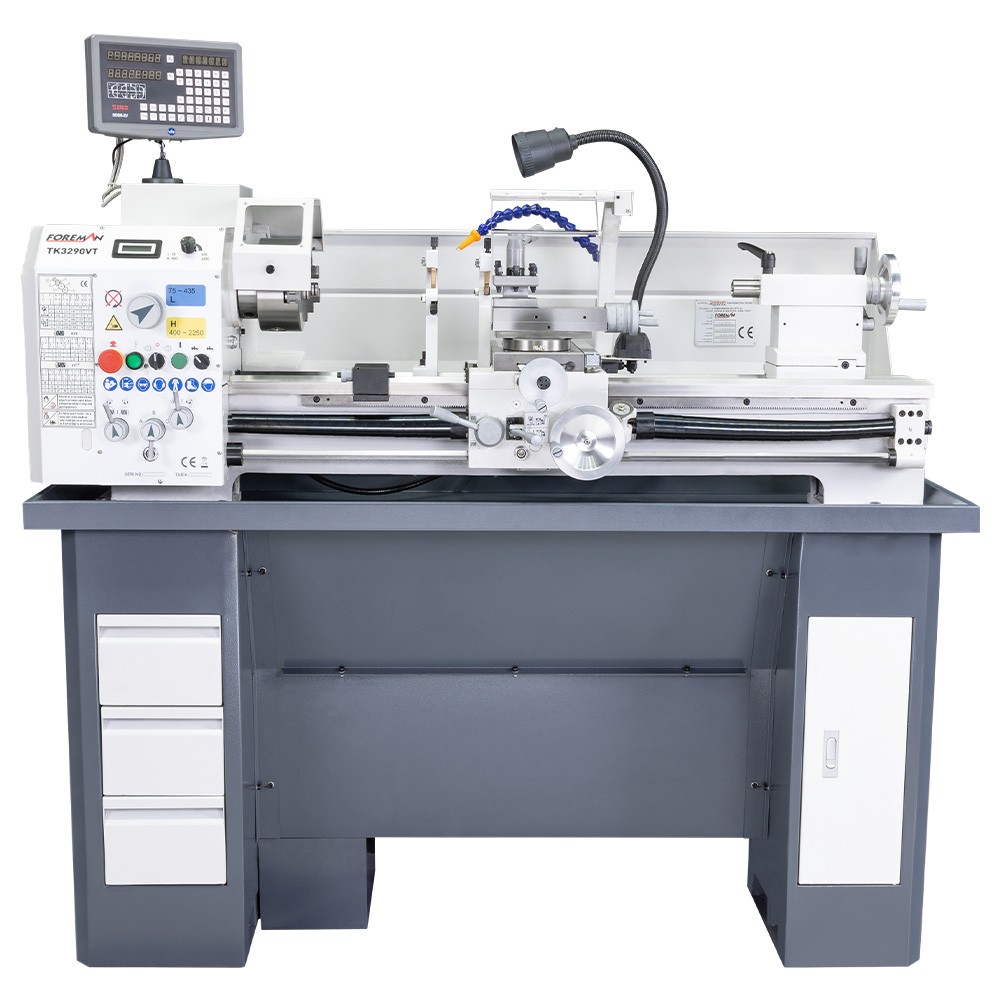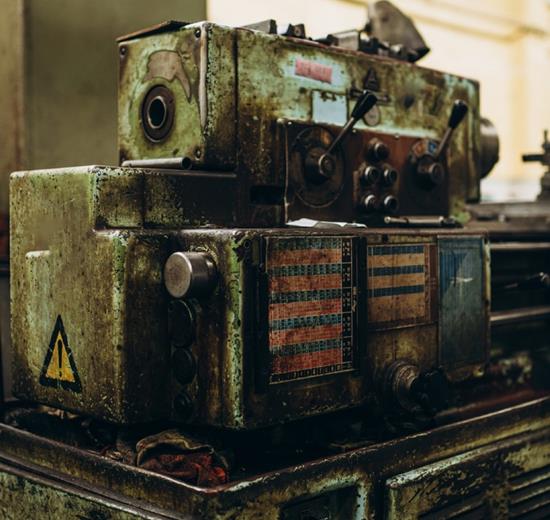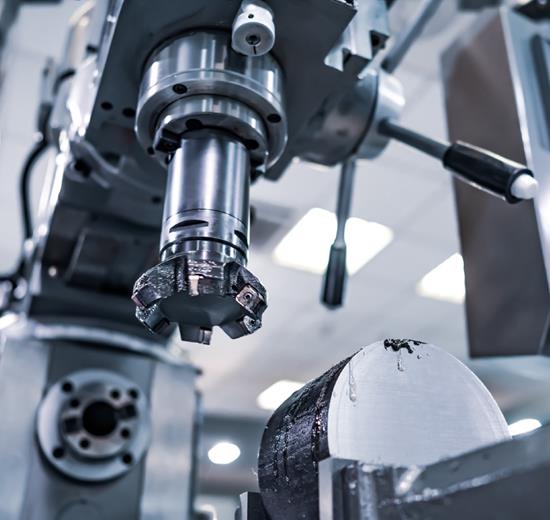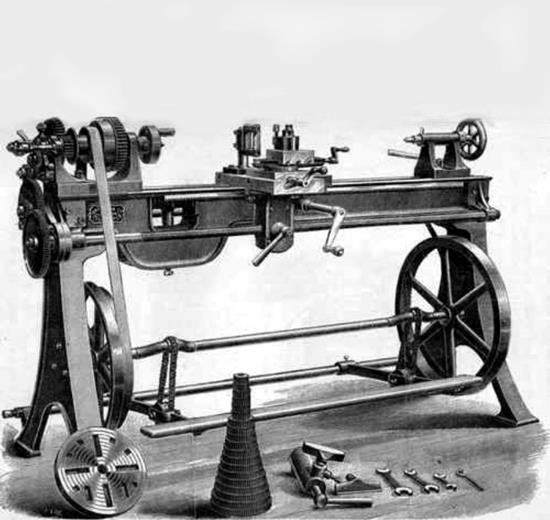Diameter Over Counter 360 mm
Between Two Tailstock 1000 mm
Spindle Hole Diameter 52 mm
Main Motor Power 1500 W
Swing Over Bed 410 mm
Between Two Tailstock 1000 mm
Spindle Hole Diameter 52 mm
Main Motor Power 4500 W
Swing Over Bed 430 mm
Between Two Tailstock 1500 mm
Spindle Hole Diameter 52 mm
Main Motor Power 4500 W
Swing Over Bed 500 mm
Maximum Length of Workpiece 2000 mm
Spindle Bore 82 mm
Main Motor Power 7500 W
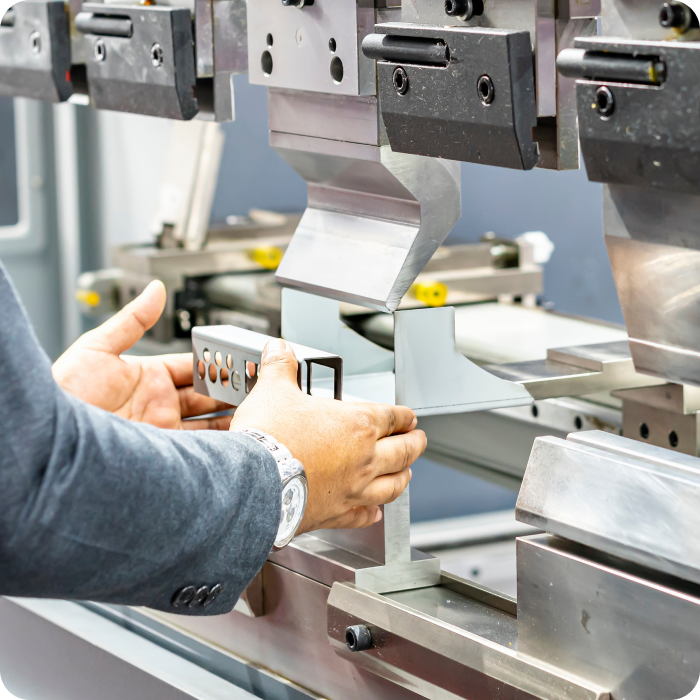
Swing Over Bed 660 mm
Maximum Length of Workpiece 2000 mm
Spindle Bore 105 mm
Main Motor Power 7500 W
Diameter Over Counter 280 mm
660 mm Between Two Tailstocks
Spindle Bore Diameter 26 mm
Main Motor Power 750 W
Diameter Over Counter 280 mm
660 mm Between Two Tailstocks
Spindle Bore Diameter 26 mm
Main Motor Power 750 W
Diameter Over Counter 280 mm
660 mm Between Two Tailstocks
Spindle Bore Diameter 26 mm
Main Motor Power 750 W
Diameter Over Counter 280 mm
660 mm Between Two Tailstocks
Spindle Bore Diameter 26 mm
Main Motor Power 750 W
Diameter Over Counter 320 mm
900 mm Between Two Tailstocks
Spindle Hole Diameter 38 mm
Main Motor Power 1500 W
Diameter Over Counter 320 mm
900 mm Between Two Tailstocks
Spindle Bore Diameter 38 mm
Main Motor Power 1500 W
Swing Over Bed 660 mm
Maximum Length of Workpiece 2000 mm
Spindle Bore 105 mm
Main Motor Power 7500 W
Swing Over Bed 180 mm
İki Punta Arası 350 mm
Spindle Hole Diameter 20 mm
Main Motor Power 350 W
SIK SORULAN SORULAR
A lathe is a machine tool that rotates a workpiece around a fixed axis and processes it by removing chips. These machines are generally used to obtain cylindrical, conical, spherical or threaded profiles. As the workpiece is rotated between the chuck or tailstock, a fixed cutting tool (usually carbide or ceramic tipped) removes material by axial and radial movements on the workpiece.
The maximum machining diameter and length of the lathe are two important technical characteristics that determine the capacity of the lathe. These parameters determine the maximum workpiece dimensions that can be machined and are usually expressed as follows:
Diameter Over Counter: This is the maximum machining diameter measured over the machine body (chassis). This specifies the maximum diameter that the workpiece can rotate when it is placed on the chassis of the machine. For example, a lathe with a machining diameter of ‘400 mm’ can machine a part with a maximum diameter of 400 mm on the chassis of the machine.
Distance Between Centres: The maximum length that can be machined between the centre and the chuck. This determines the maximum length that the workpiece can be supported and machined. For example, a lathe with a machining length of ‘1000 mm’ can support a workpiece with a maximum length of 1000 mm.
These values vary depending on the model, size and design of the lathe. Small desktop lathes usually have a smaller machining diameter and length, while large industrial lathes can machine much larger workpieces.
The power supply requirements of lathes vary depending on the type, size, motor power and design of the lathe. These requirements refer to the electrical power required for the operation of the lathe and are based on the following factors:
Voltage: The electrical voltage required for the operation of lathes is usually 110V, 220V or 380V. Industrial machines usually require higher voltage (for example, 380V or 400V three-phase power).
Number of Phases (Phase): Lathes can be connected to single-phase or three-phase power supplies. Small and medium-sized lathes usually run on single-phase (220V) power, while larger industrial lathes may require three-phase (380V or 400V) power.
Power Consumption: The total electrical power consumed by the lathe during operation, expressed in kW (kilowatts) or HP (horsepower). This value includes the total power requirement of the motor, control systems, cooling systems and other accessories. Small lathes consume power between 1-2 kW, while large CNC lathes can consume 10 kW or more.
Frequency: The frequency of the power supply, usually specified as 50 Hz or 60 Hz. This is especially important for international use. Because different frequencies are used in different countries.
The energy consumption of lathes varies depending on various factors. These factors include the size of the lathe, motor power, type (manual or CNC), the type of process performed, the cutting tool used and the properties of the material being processed. Energy consumption is usually expressed in kilowatts (kW).
Factors Determining Energy Consumption:
Engine Power: The power of the lathe engine is an important factor in the energy consumption of the lathe. Small desktop lathes usually have motor power from 0.5 kW to 2 kW, while large industrial lathes can have motor power from 5 kW to 50 kW or higher.
Machining Time and Intensity: The longer and at what intensity the lathe is operated, the higher the energy consumption. Operations that require continuous heavy machining increase energy consumption.
CNC or Manual: CNC lathes can consume more energy than manual lathes because they use more complex electronic control systems and often higher power motors.
Cutting Tools and Machining Parameters: The type of cutting tool, cutting speeds and machining parameters affect energy consumption. Machining harder materials or higher metal removal rates can increase energy consumption.
Example Energy Consumptions:
Small Desktop Lathes: Generally consume energy between 0.5 kW and 2 kW. Such lathes are suitable for small-scale workshops and hobby use.
Medium Lathes: Consume between 2 kW and 10 kW of energy. These lathes are used in medium-sized production facilities and for more complex jobs.
Large Industrial Lathes: Can consume 10 kW to 50 kW or more. Such machines are suitable for heavy industrial applications and for machining large workpieces.
It is difficult to determine an exact consumption value, as energy consumption will vary depending on the time and intensity with which the machine is used. In addition, modern lathes can also be equipped with energy-efficient features, which can reduce the total energy consumption. Since energy consumption is a significant component of operating costs, it is important to consider this factor when selecting a lathe.
Lathes can have various safety features to ensure operator safety and prevent accidents. These features may vary depending on the type and model of the machine, but generally include the following safety features:
Emergency Stop Button: This is a large, red button used to instantly stop all functions of the machine in an emergency. It is located in a position easily accessible by the operator.
Protective Shields and Covers: Protective shields and covers that prevent access to rotating parts and inserts are used to prevent injury to the operator. These guards are usually located around inserts, the chuck and other hazardous areas.
Interlock Mechanisms (Interlocks): Systems that automatically stop the machine when the protective covers are opened. This prevents the operator from accessing hazardous areas while the machine is running.
Cutting Tool Guards: Guards placed around the cutting tool and workpiece prevent chips and other parts from harming the operator.
Electrical Safety: Electrical safety features such as grounding and insulation protect the operator from electrical shock. In addition, motor overload protection and circuit breakers automatically interrupt the circuit in the event of electrical faults.
Speed Control Systems: Systems that control the speed of the machine are used to ensure safe operating speeds and to stop the machine in over-speed situations.
Workpiece Fixing and Holding Mechanisms: Mechanisms that ensure that the workpiece is firmly fixed and does not dislodge during rotation ensure a safe machining process.
Safety Labels and Warning Signs: Safety labels and warning signs on the workbench draw attention to potential hazards and inform operators about safe working procedures.
Audible and Visual Warnings: Systems that provide audible and visual warnings in hazardous situations or when the emergency stop button is activated alert the operator and others in the vicinity.
These safety features are important to ensure the safe use of lathes and users must be trained, operate the machine carefully and follow all safety procedures.
We provide the fastest service to our customers with our rich spare parts stock and professional service network. Original spare parts are supplied by Foreman instead of third party vendors. You can contact us when you encounter any problems with Foreman lathes.
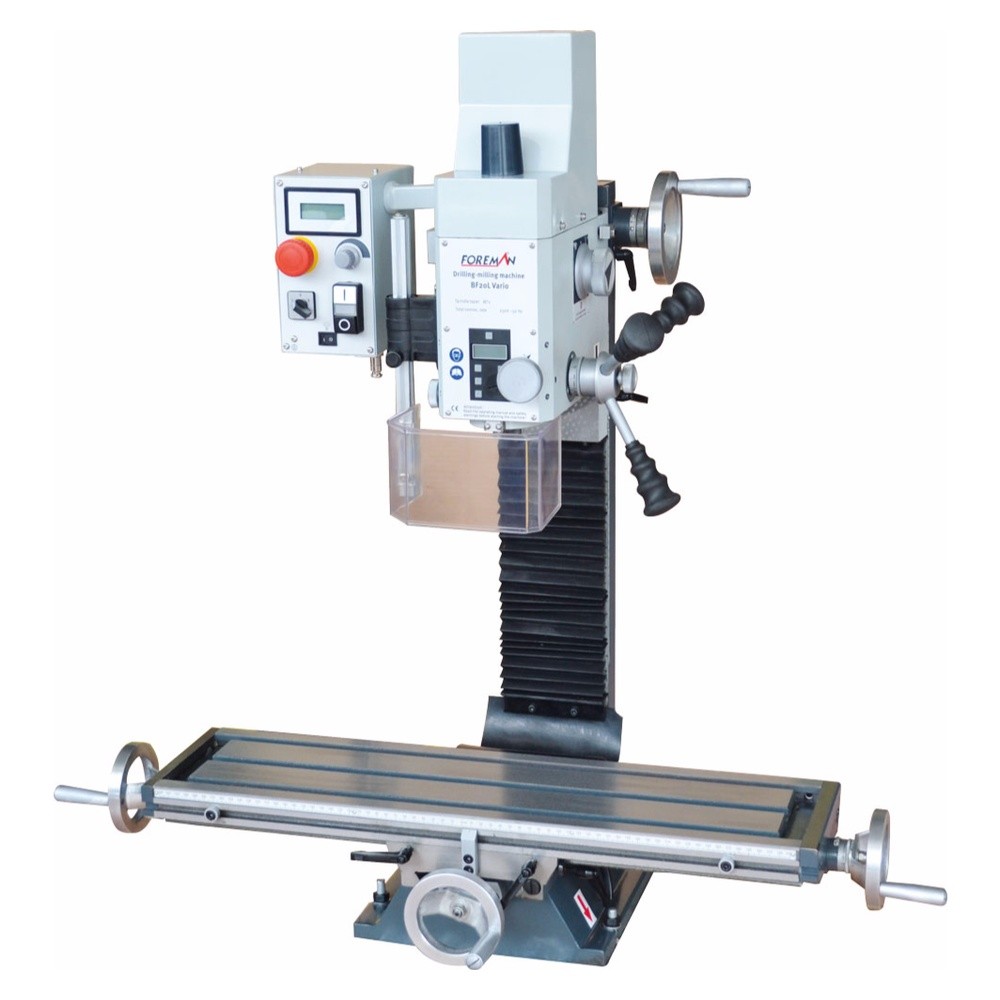
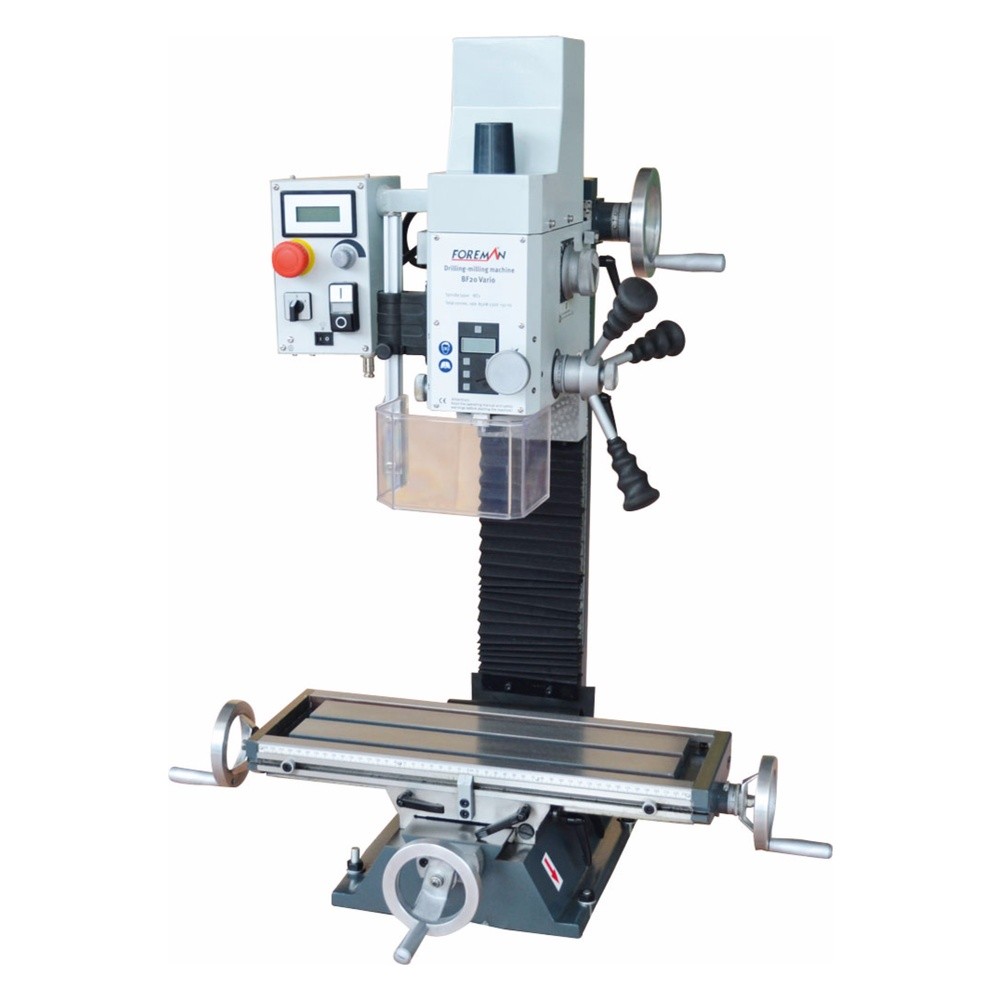
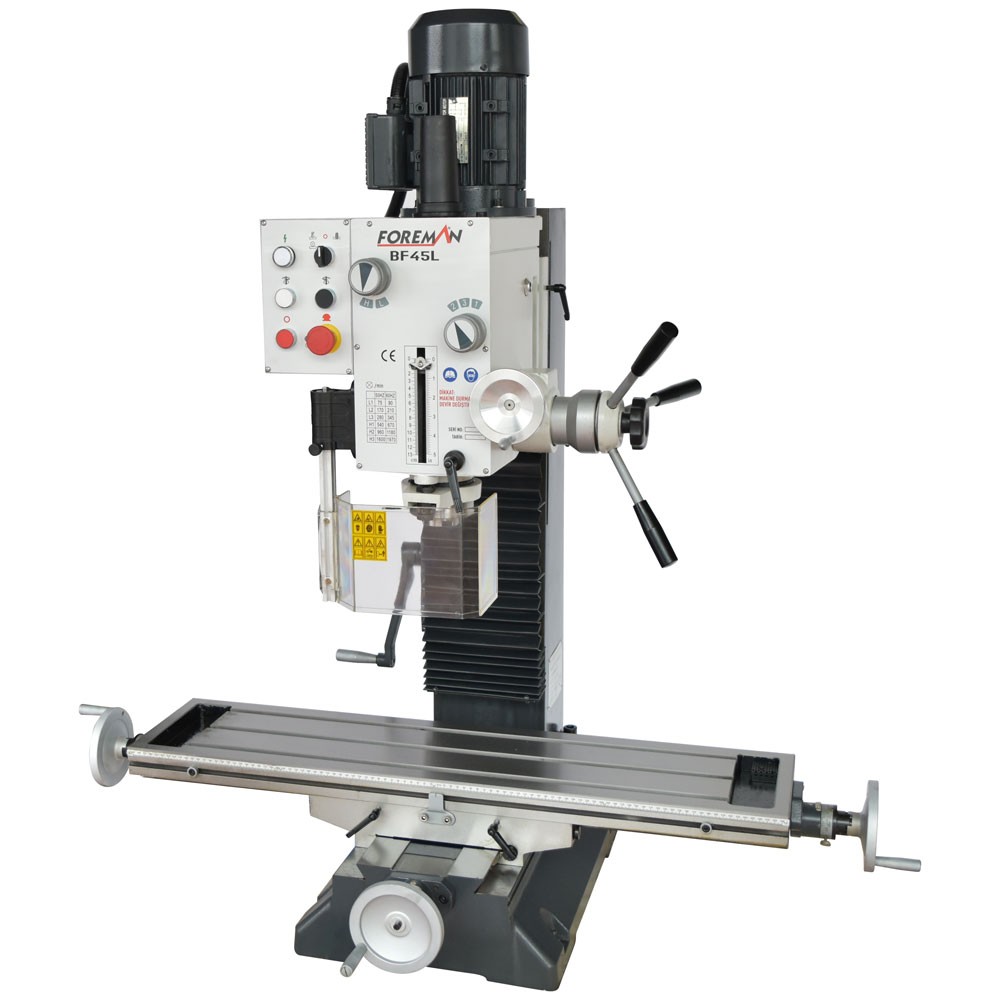
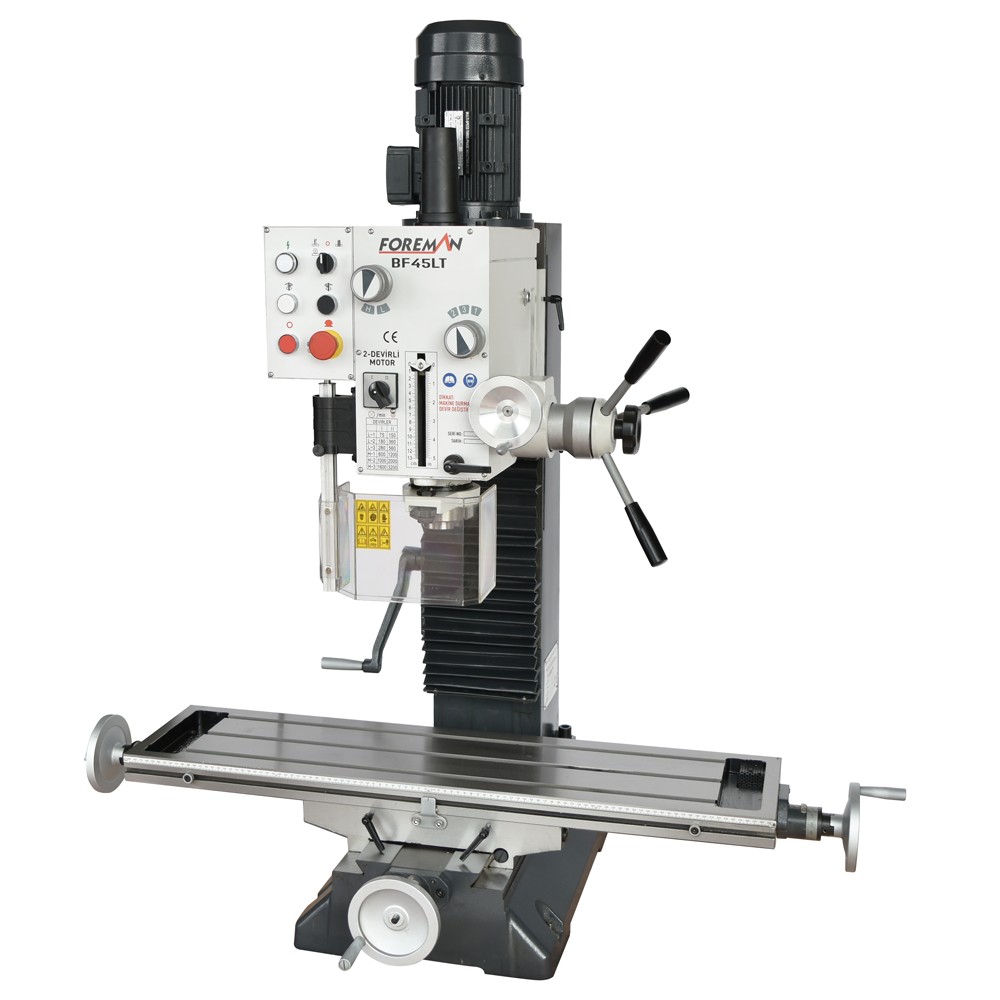
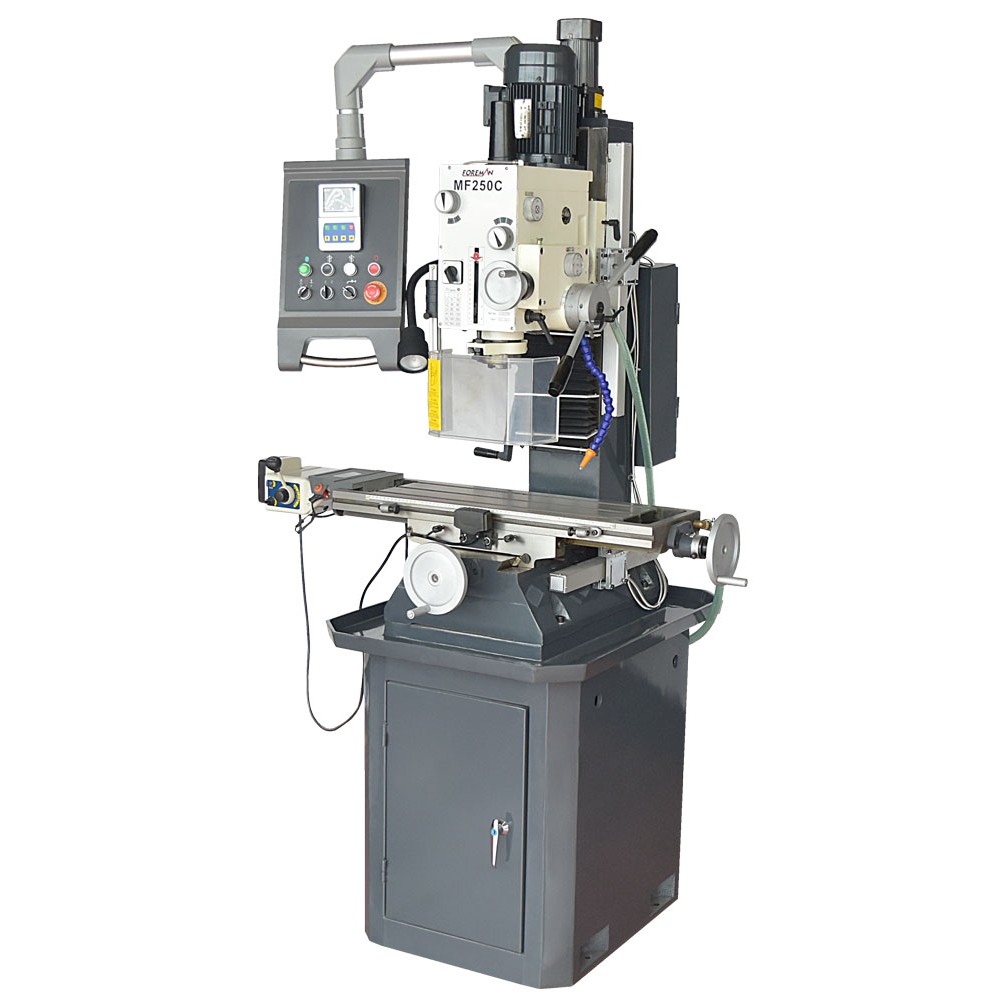
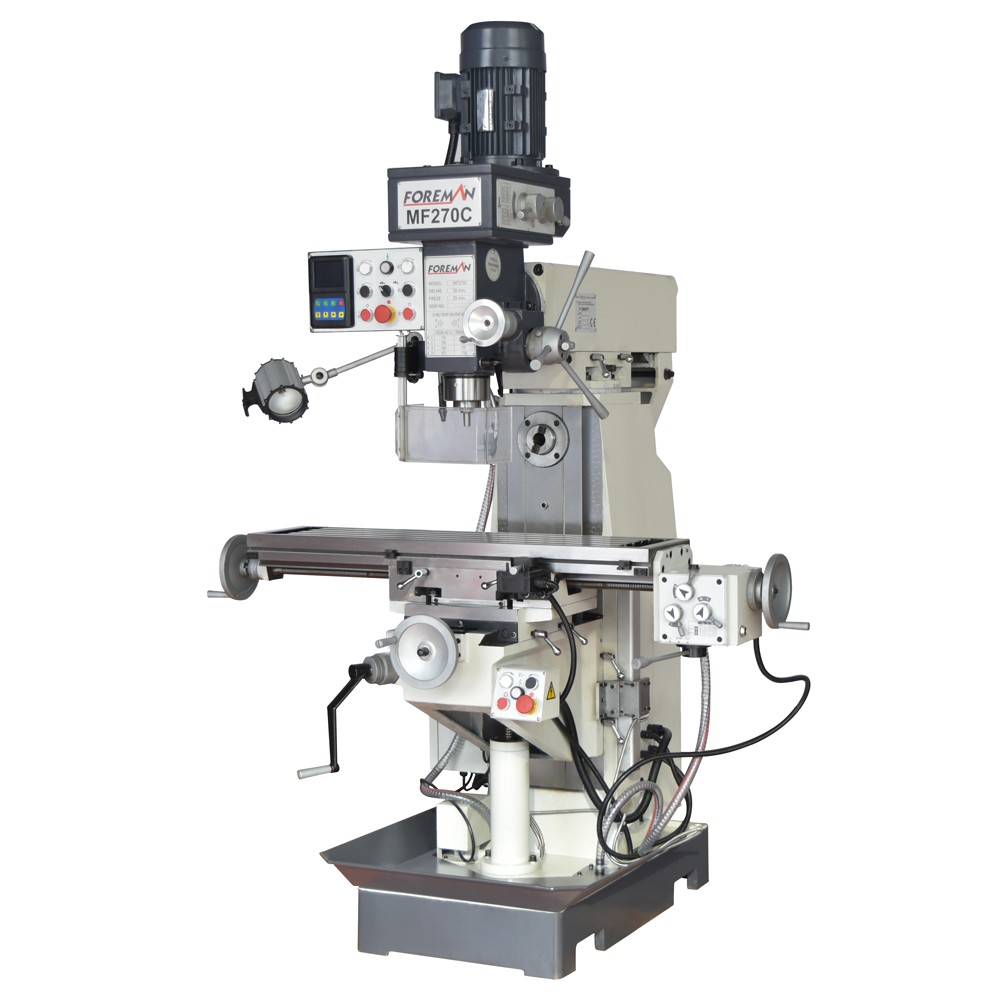
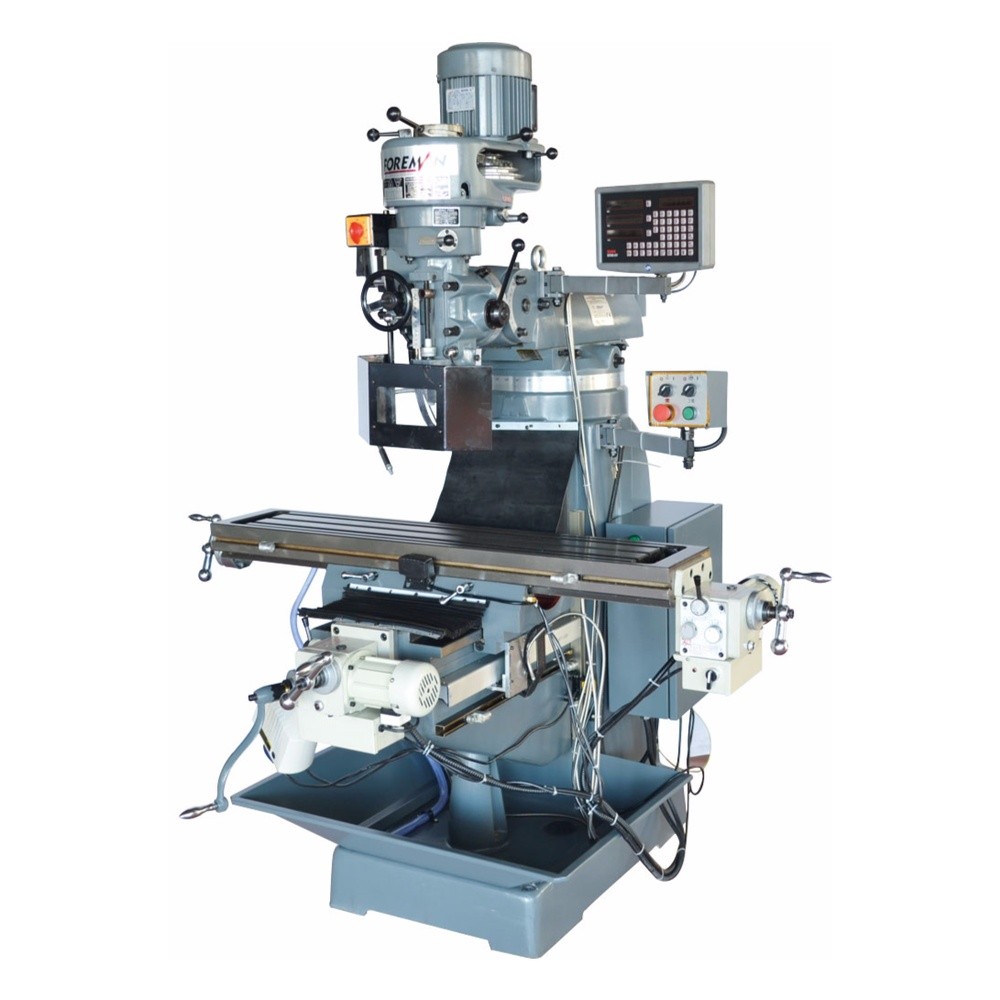
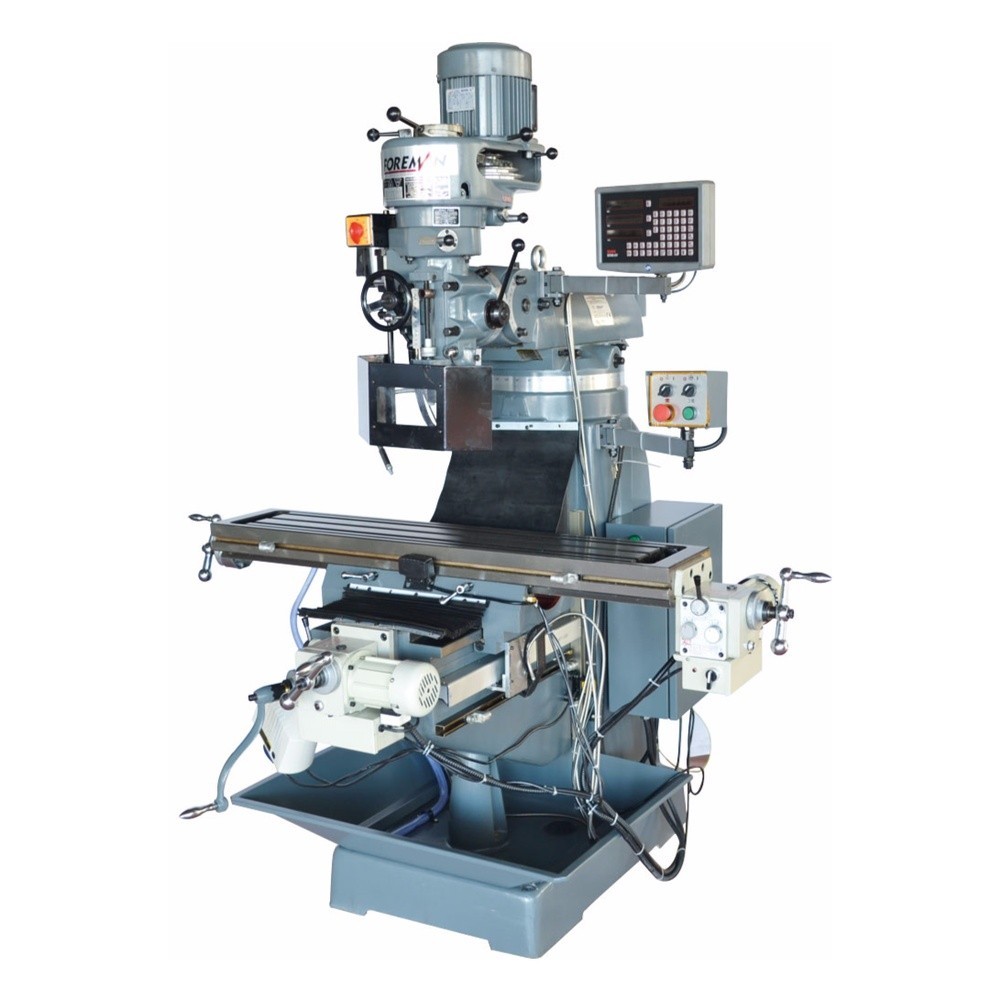
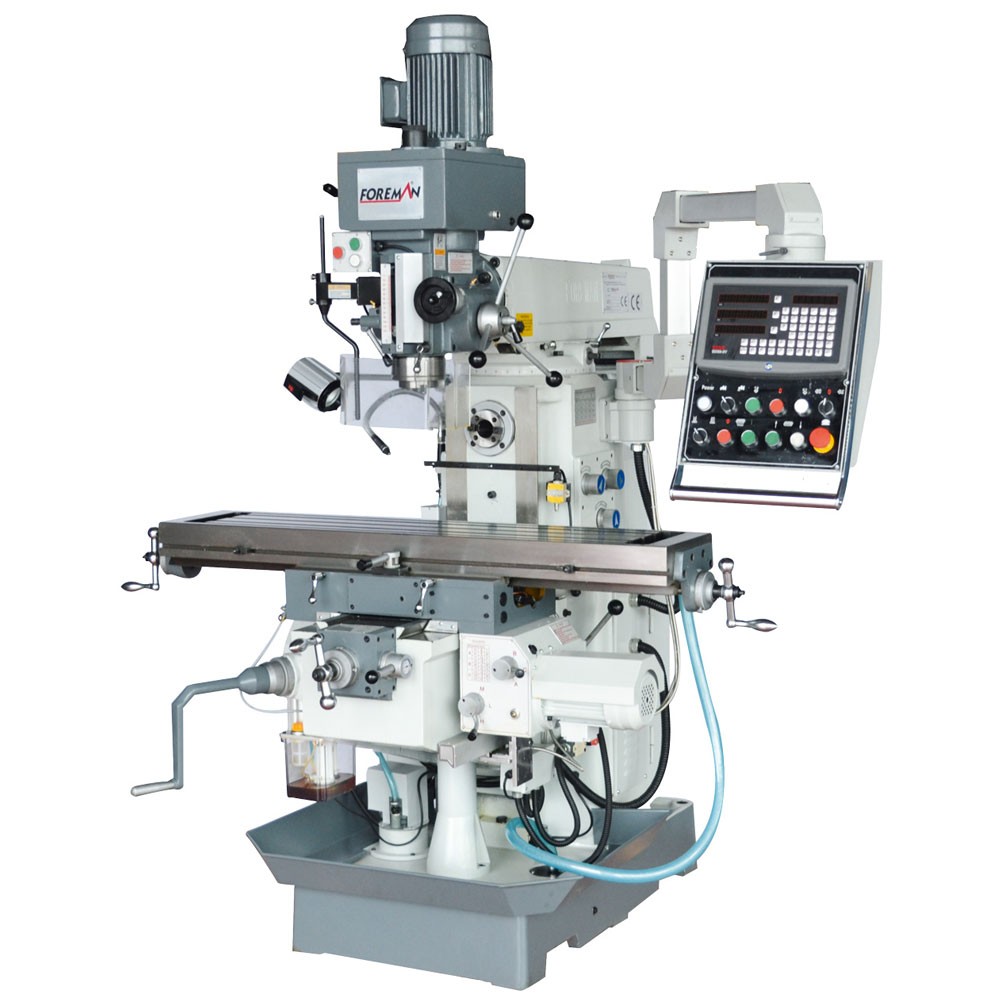
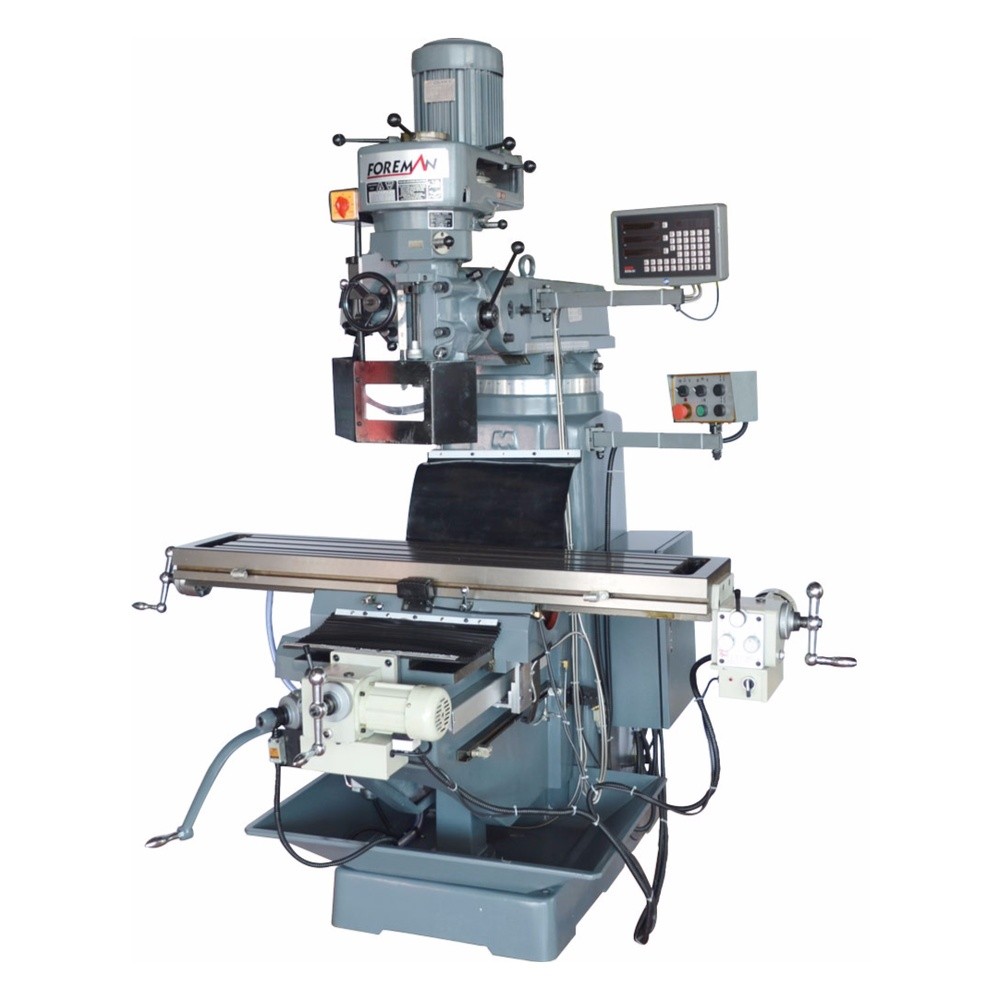
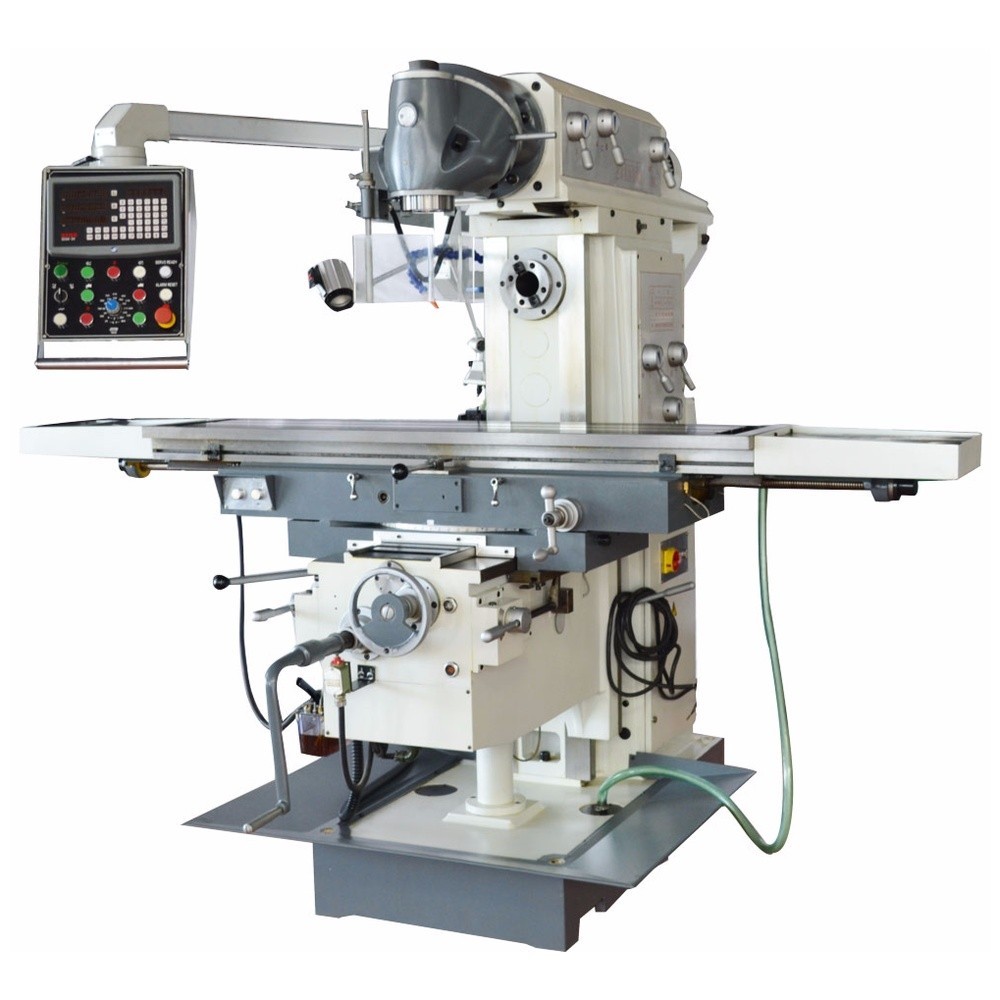
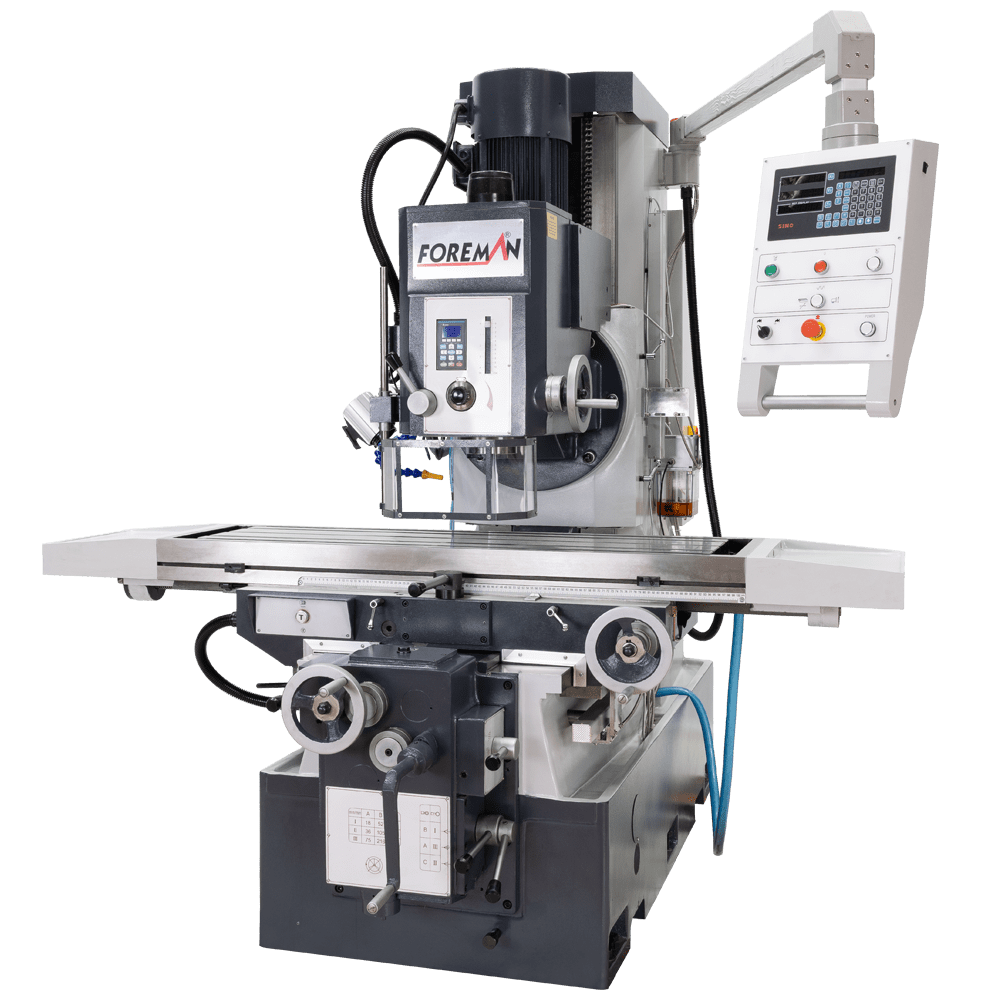
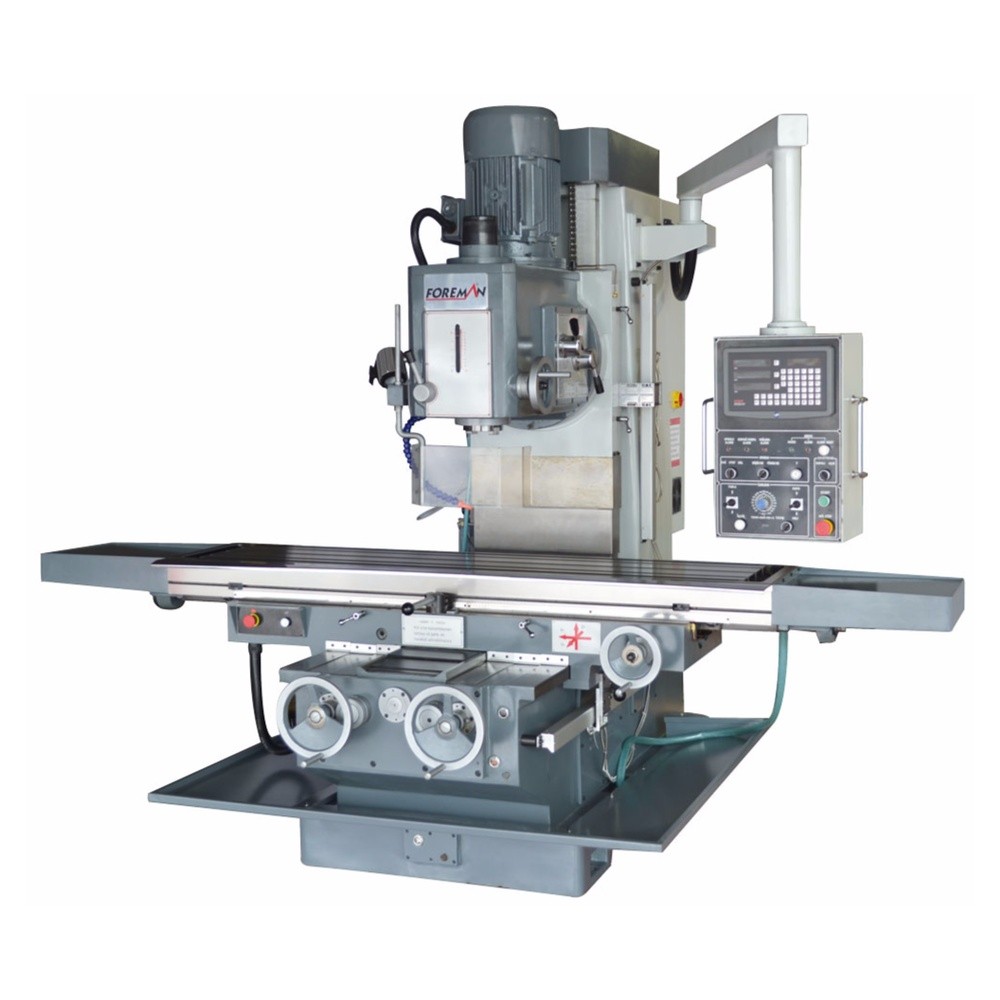
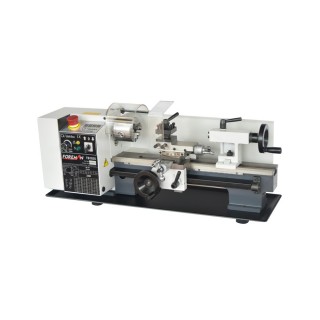
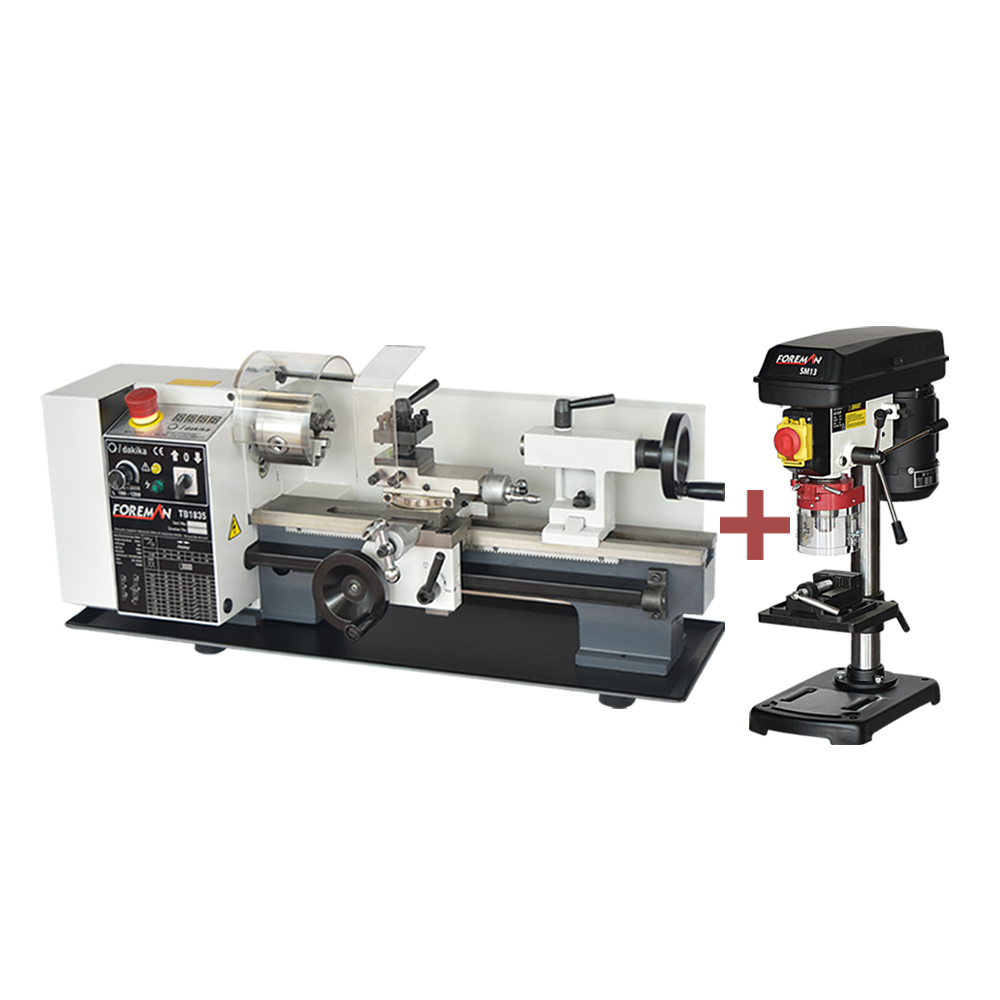
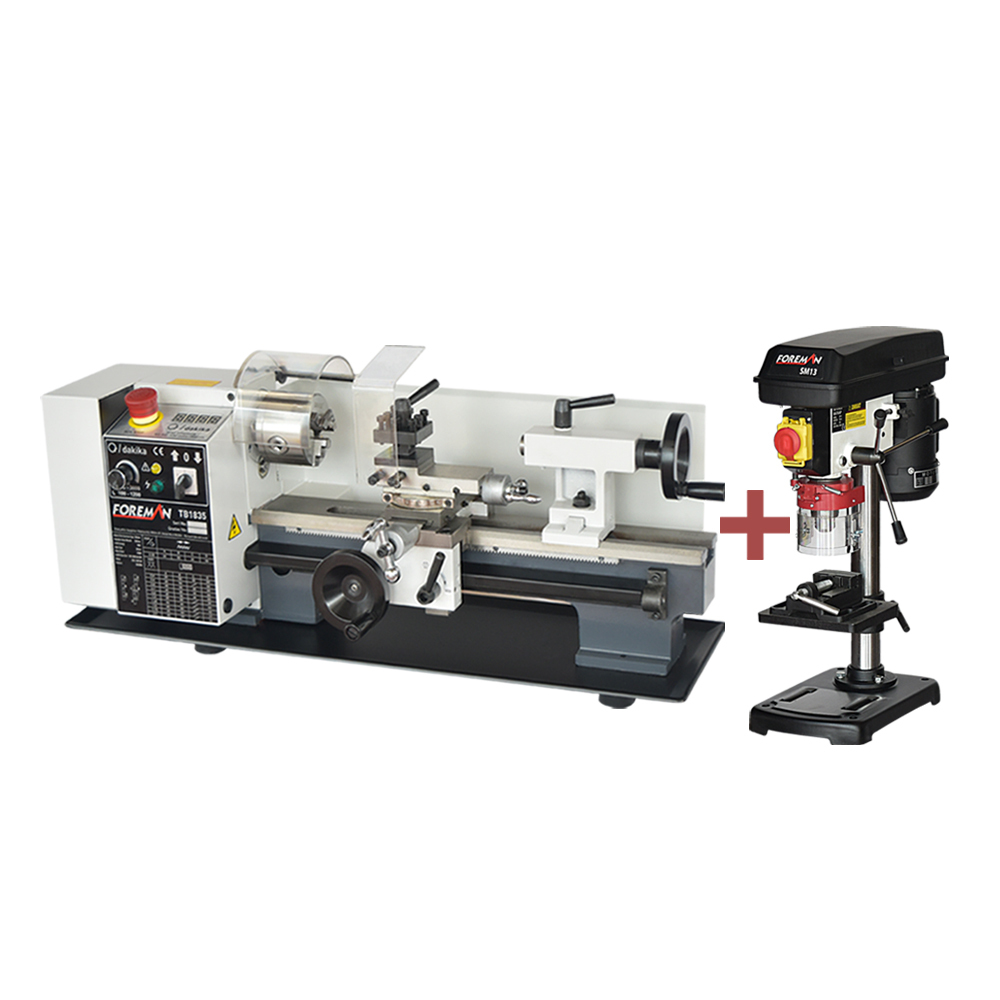
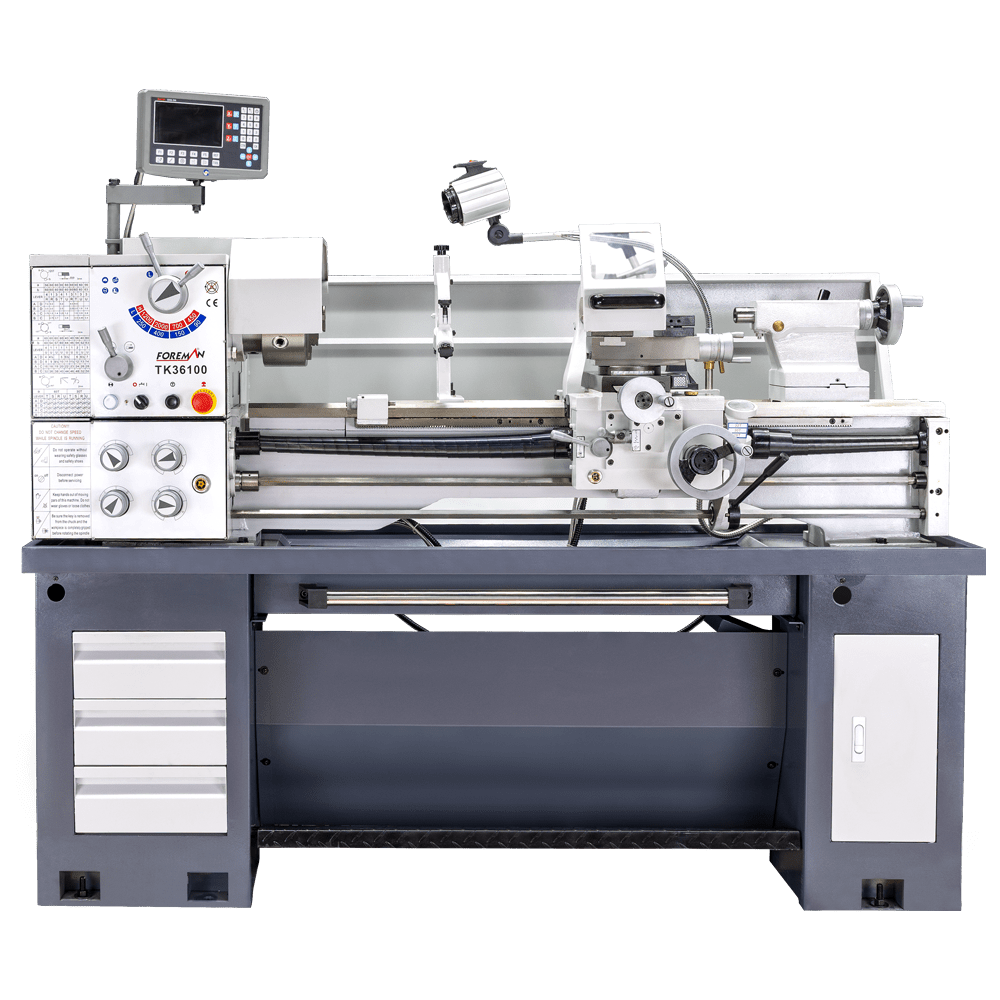
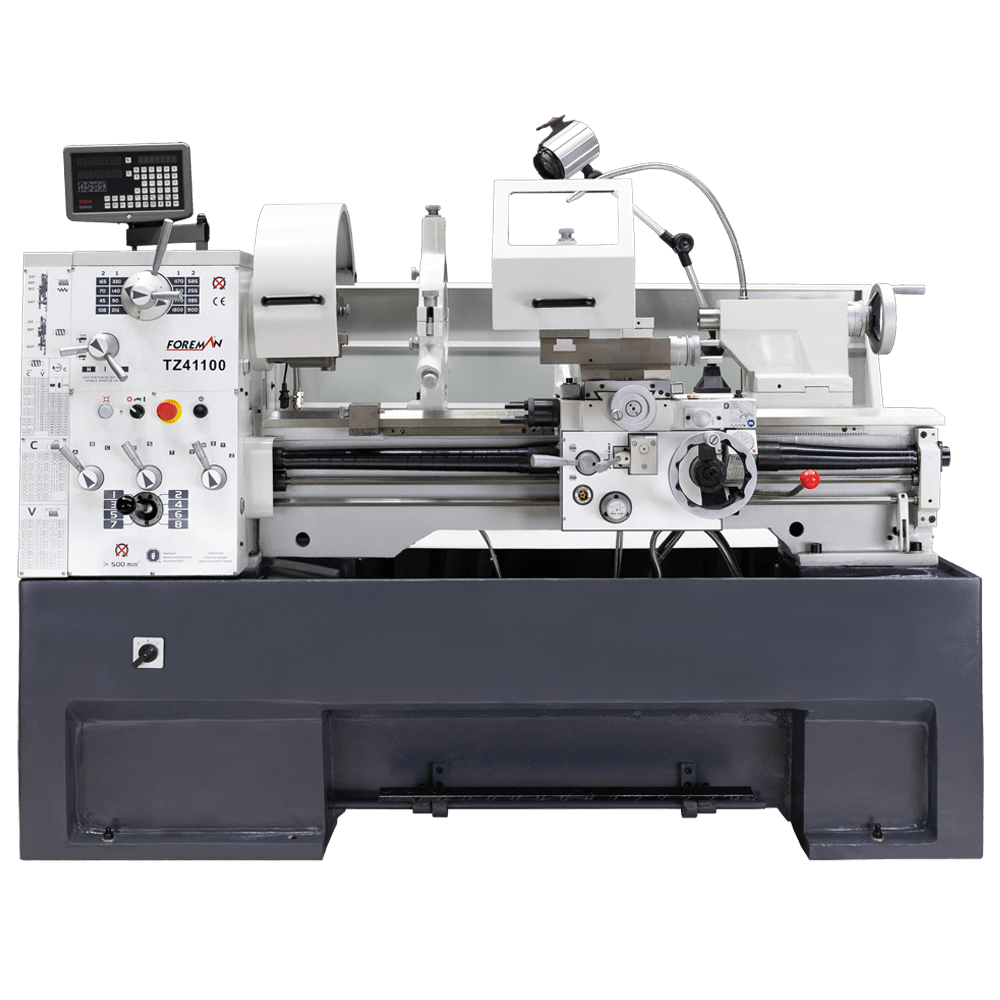
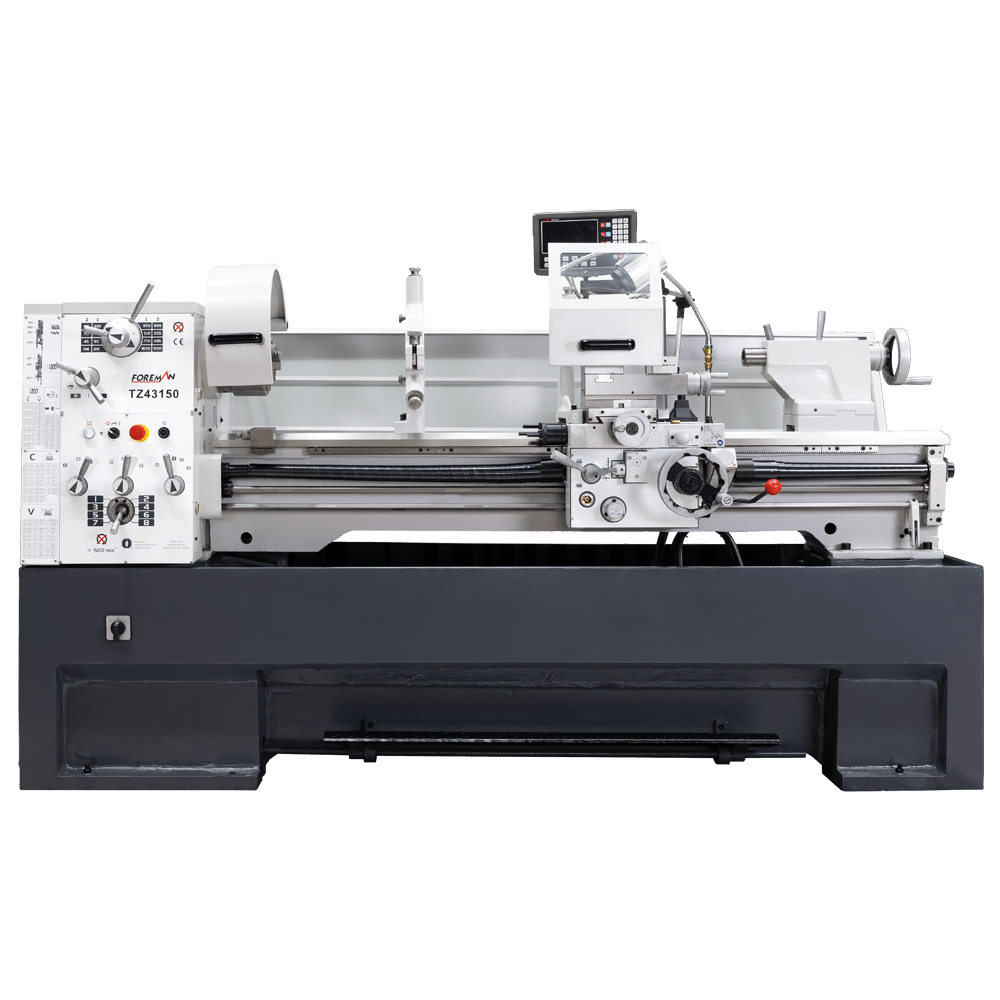
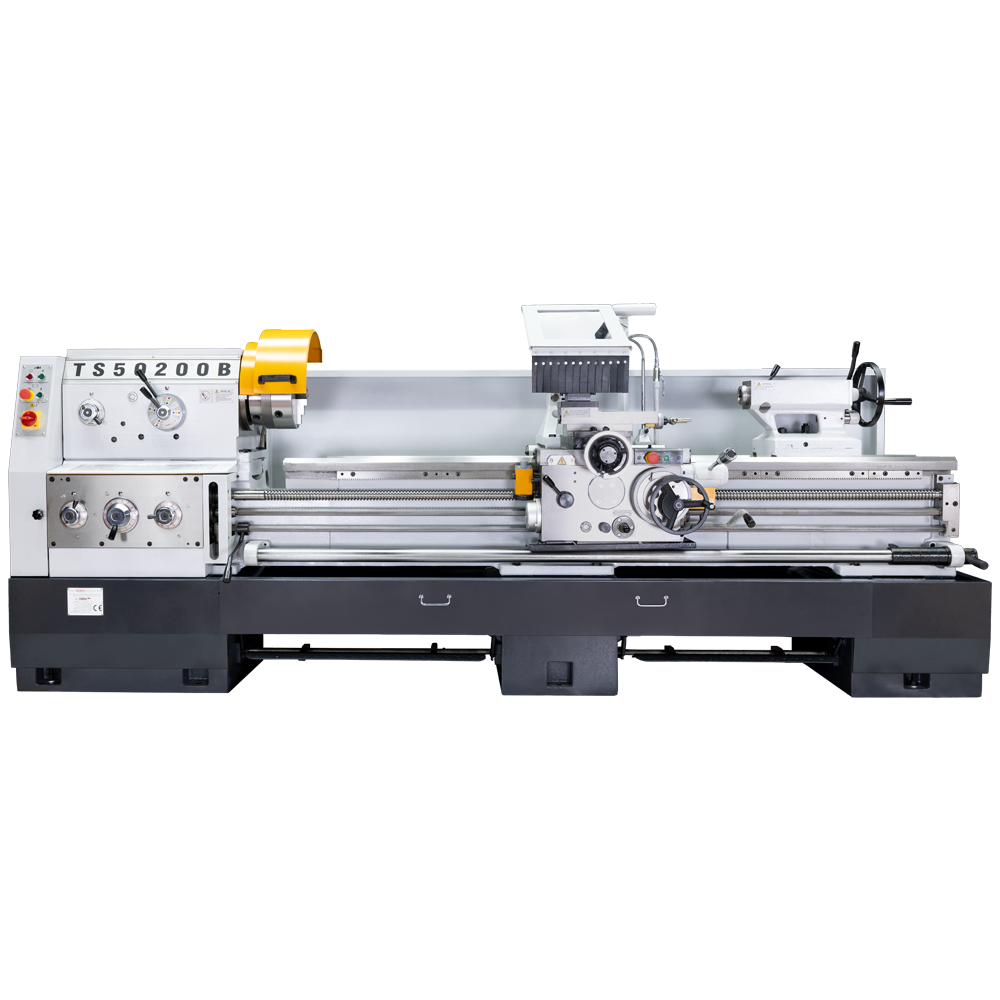
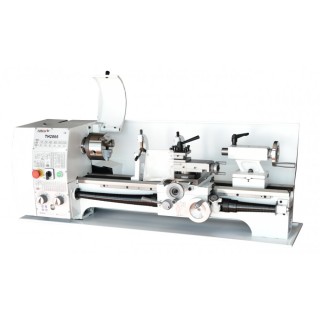
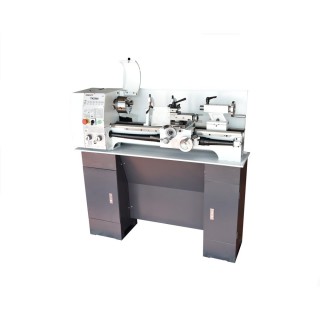
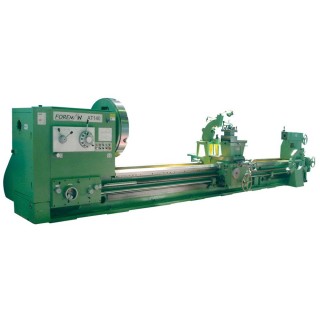
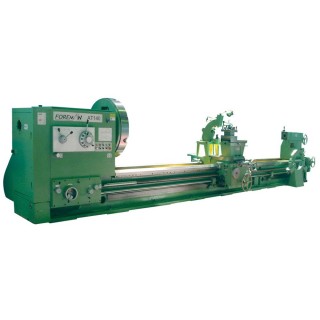
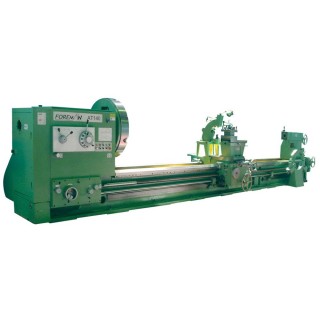
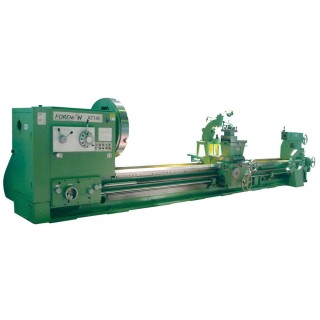
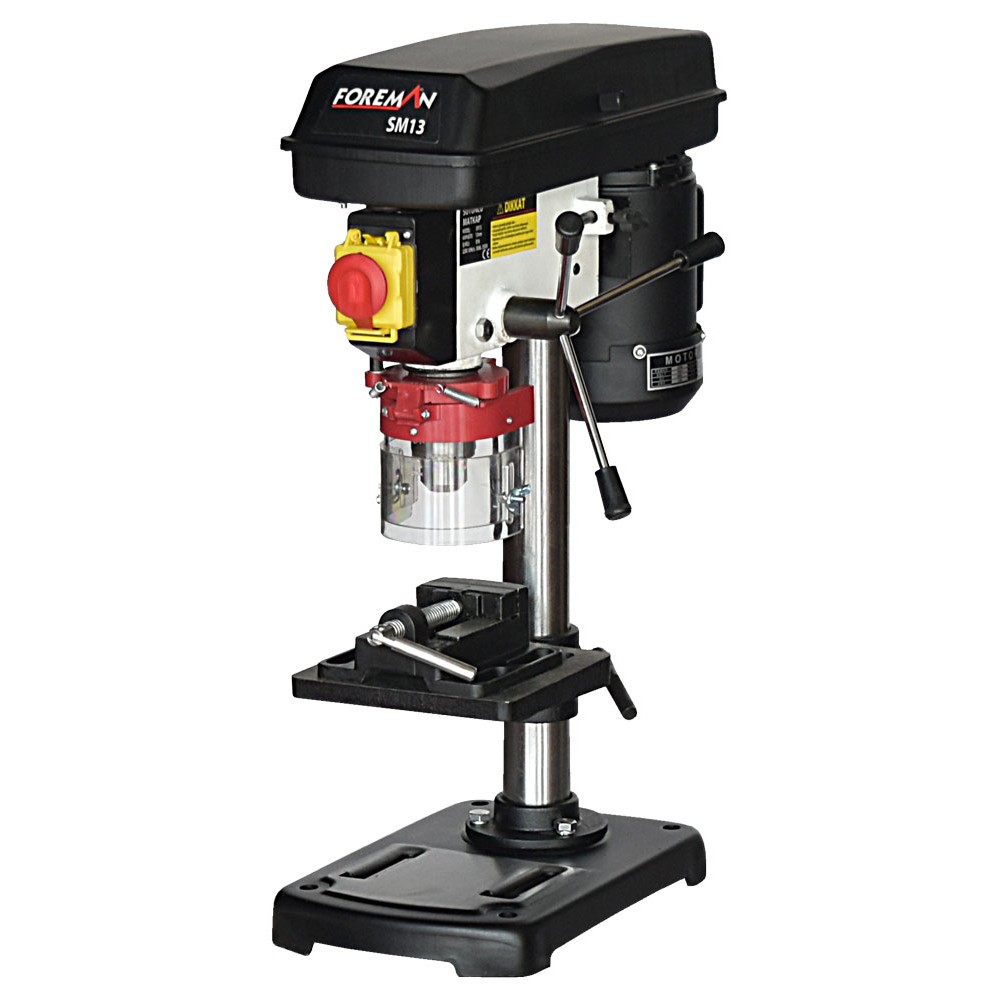
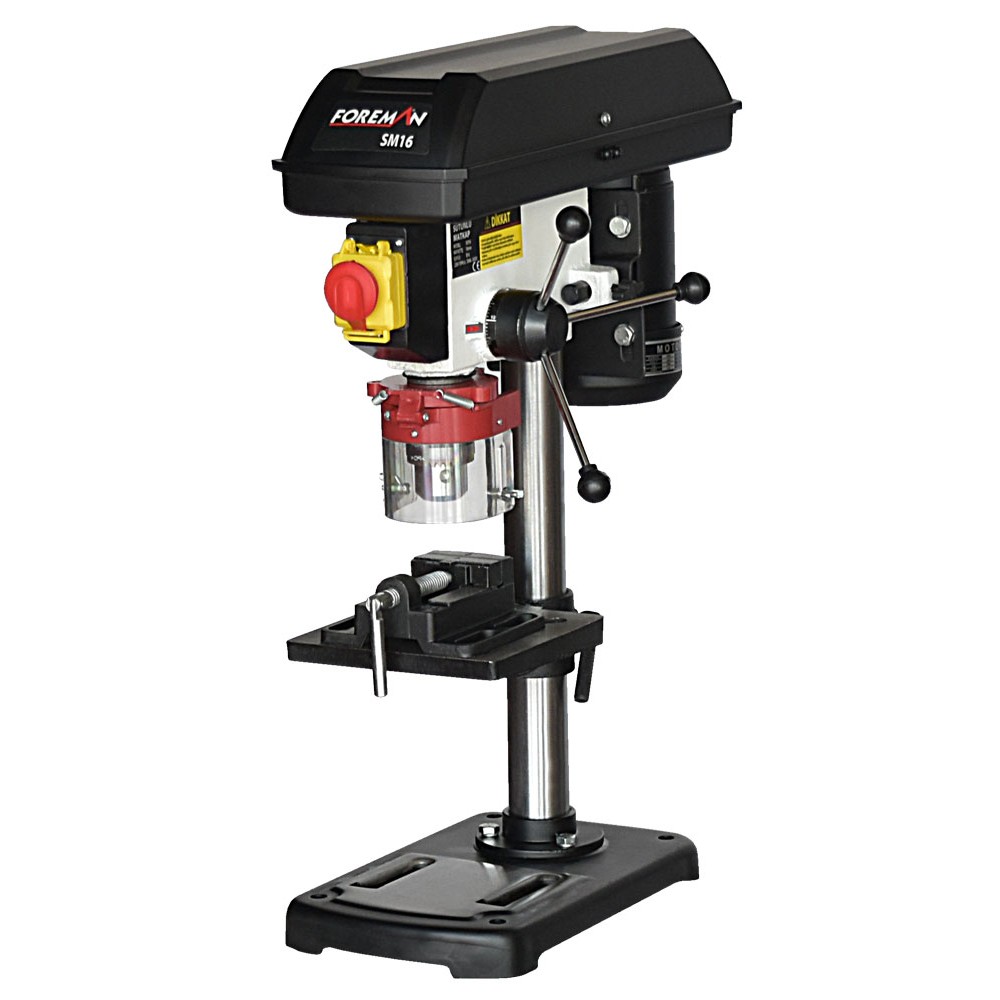
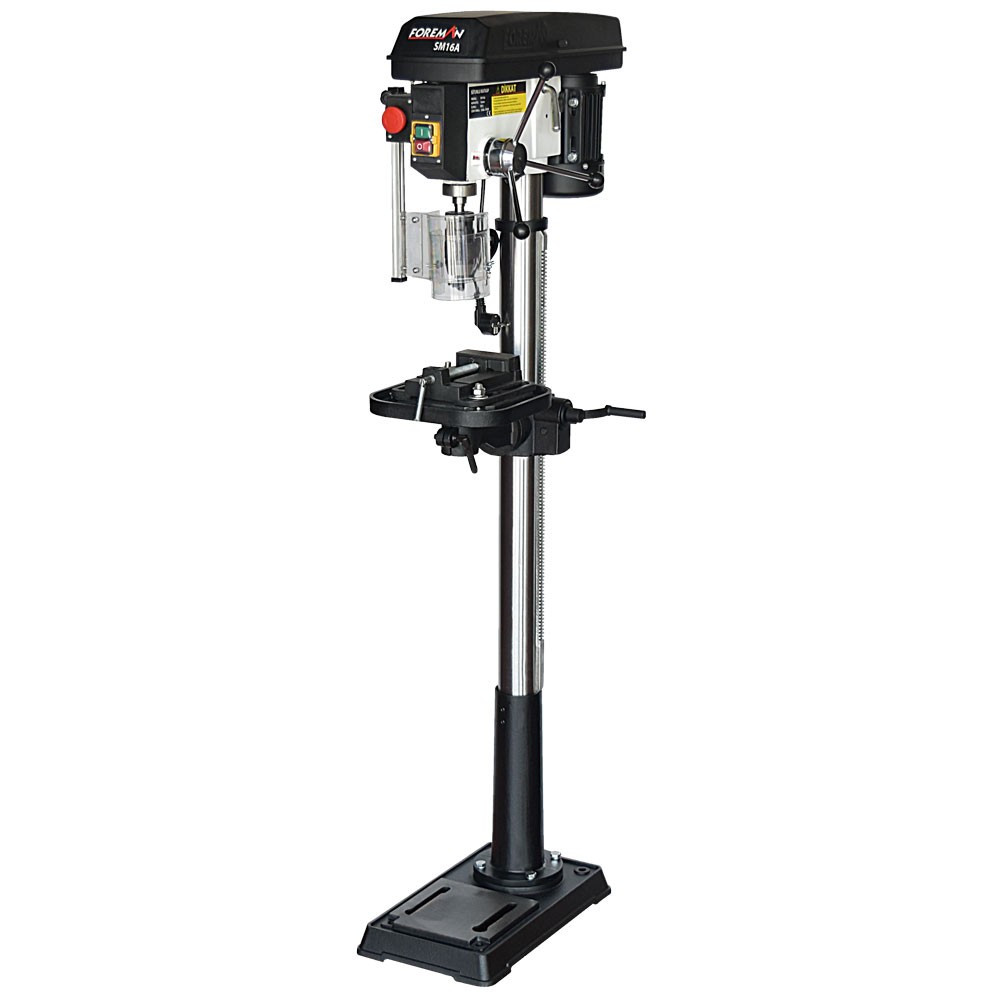
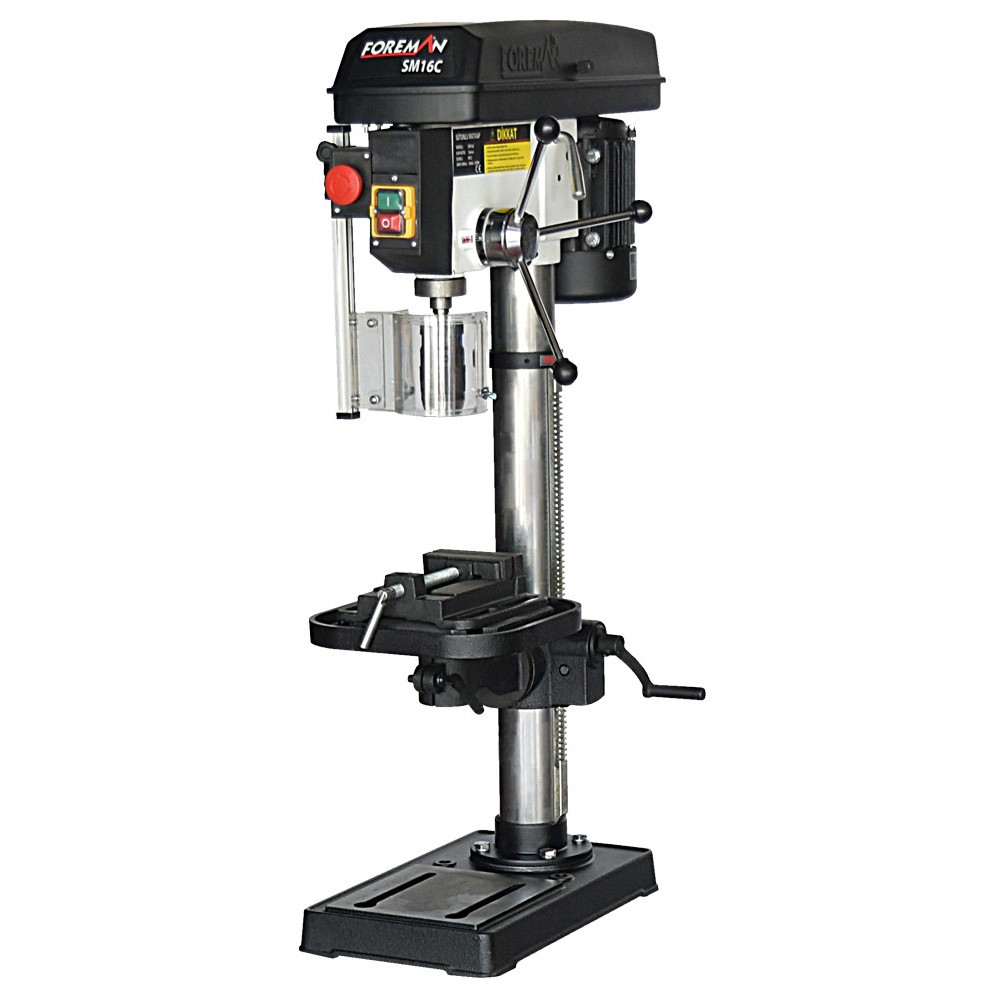
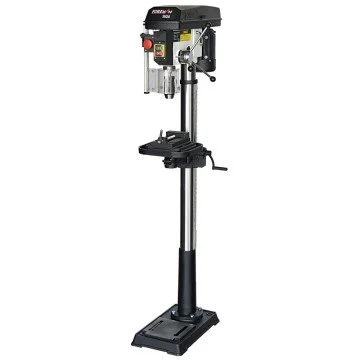
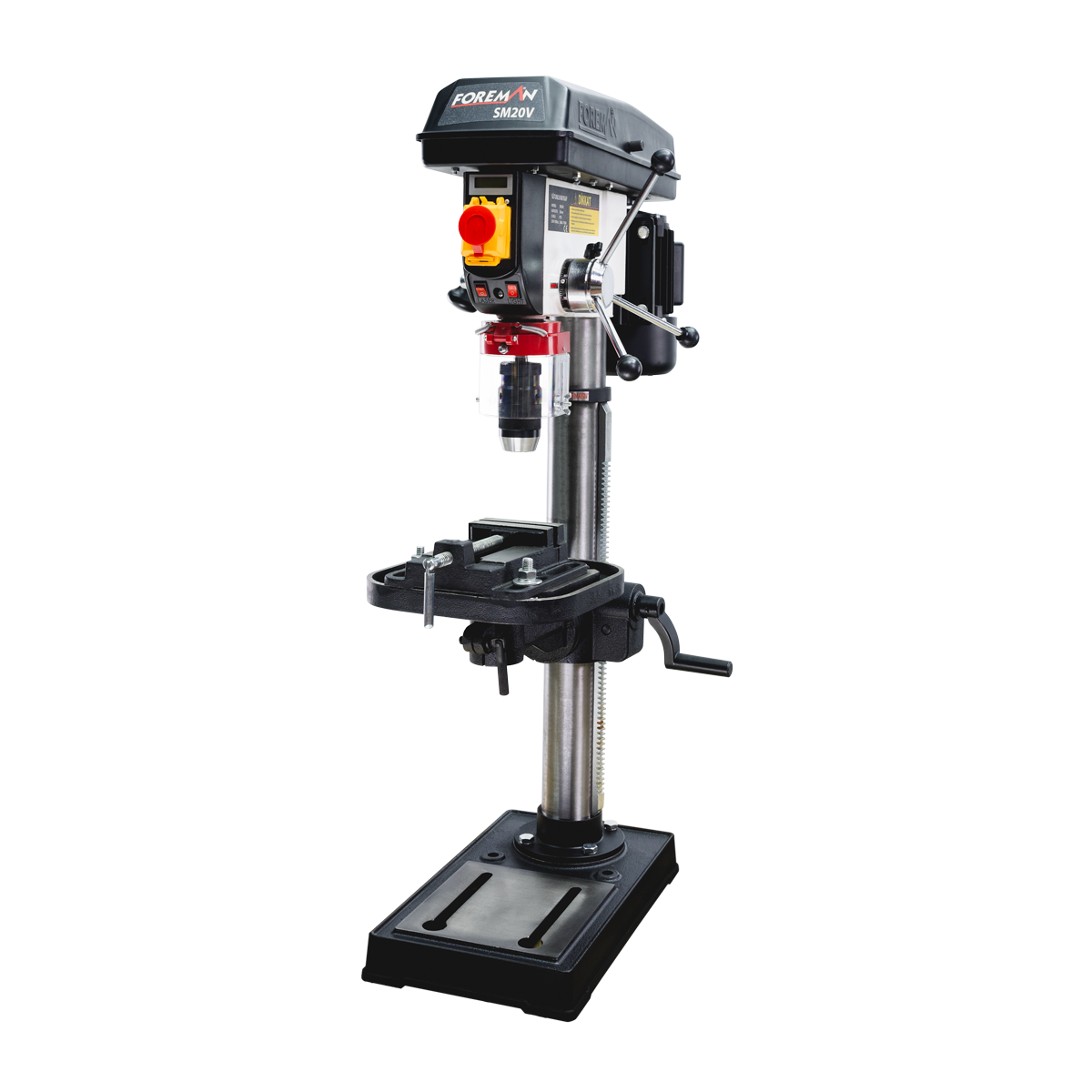
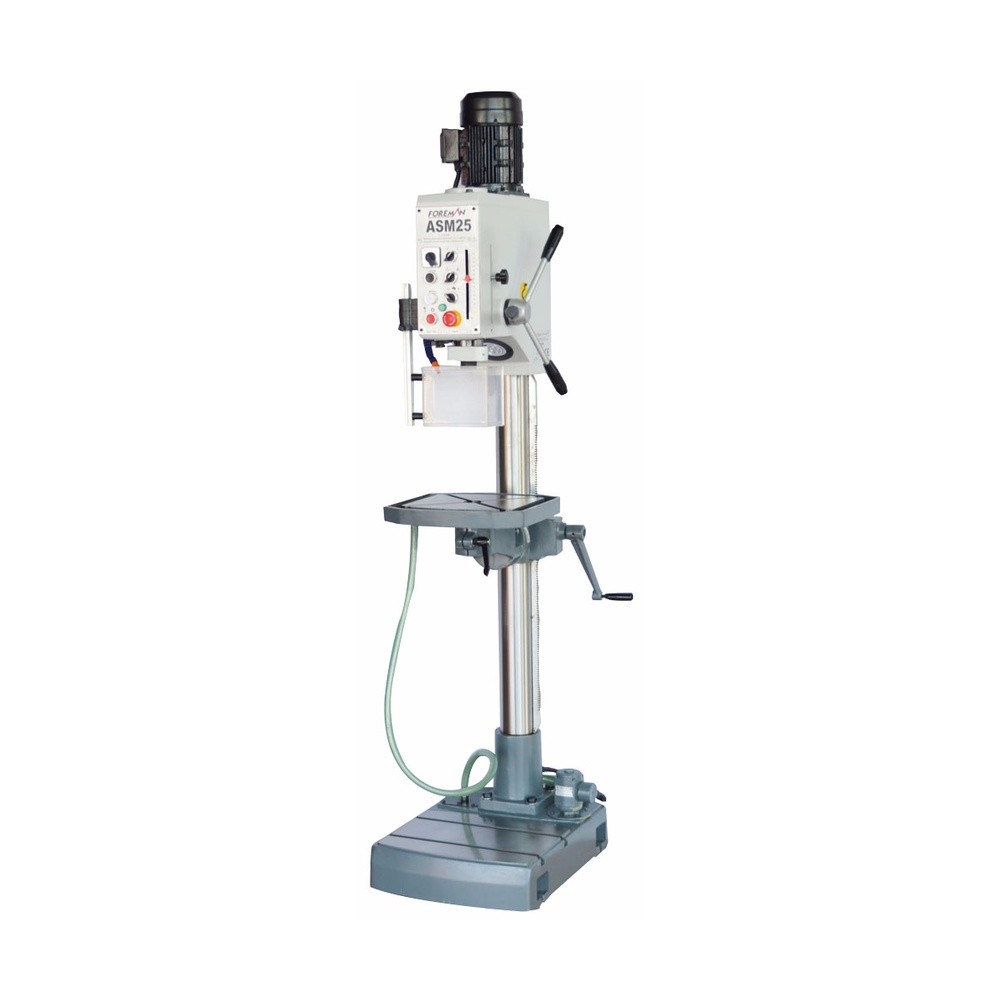
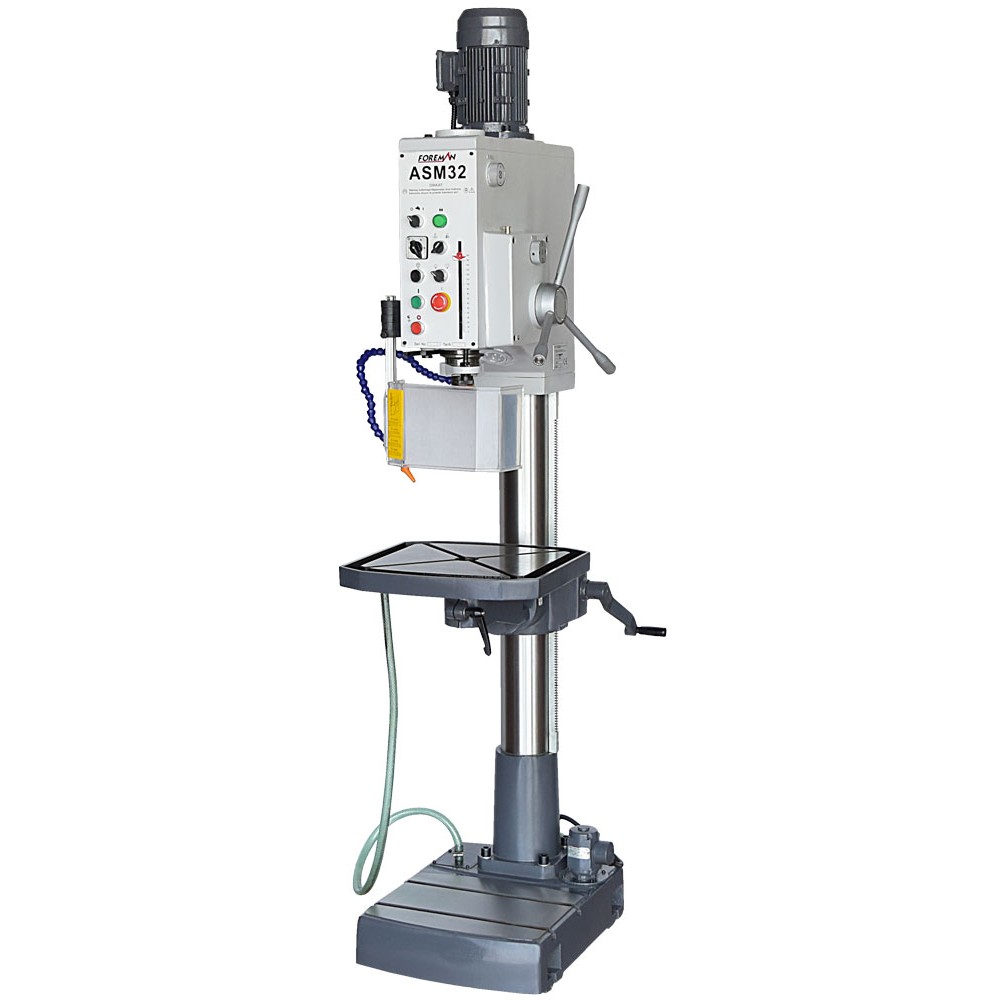
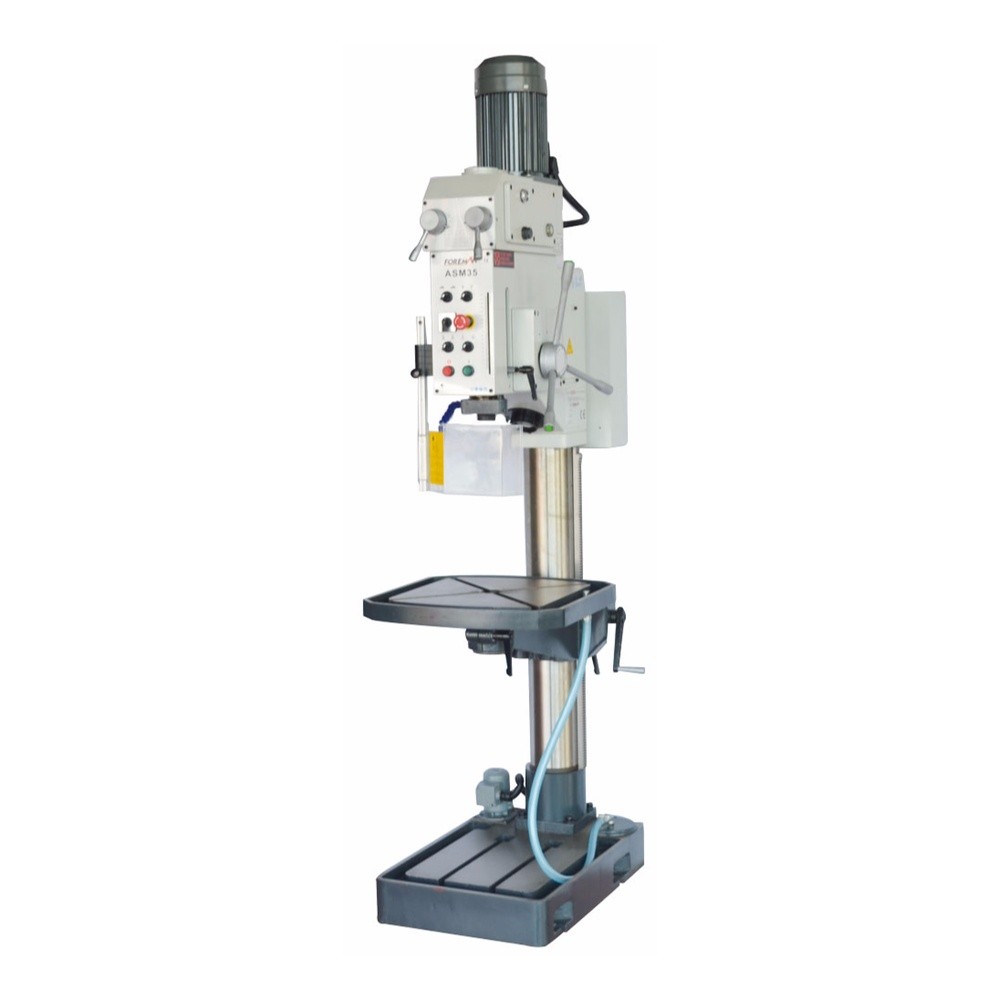
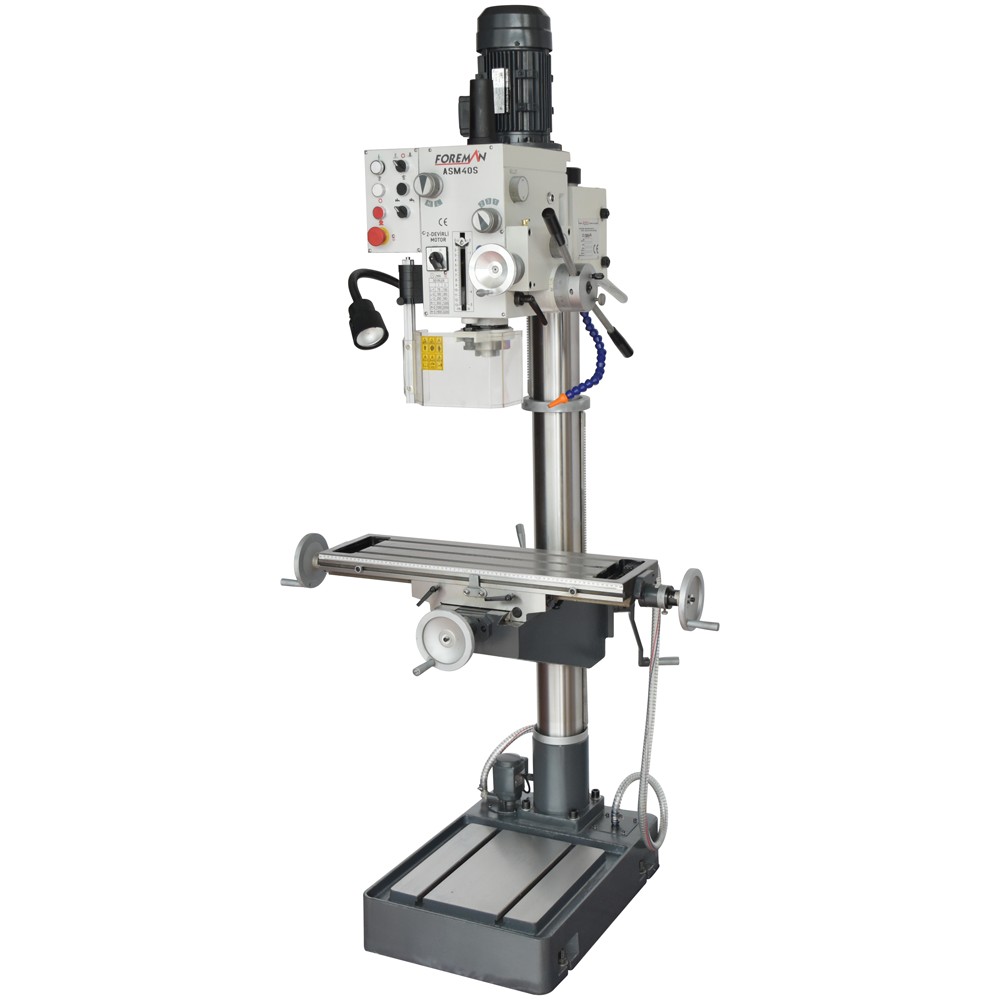
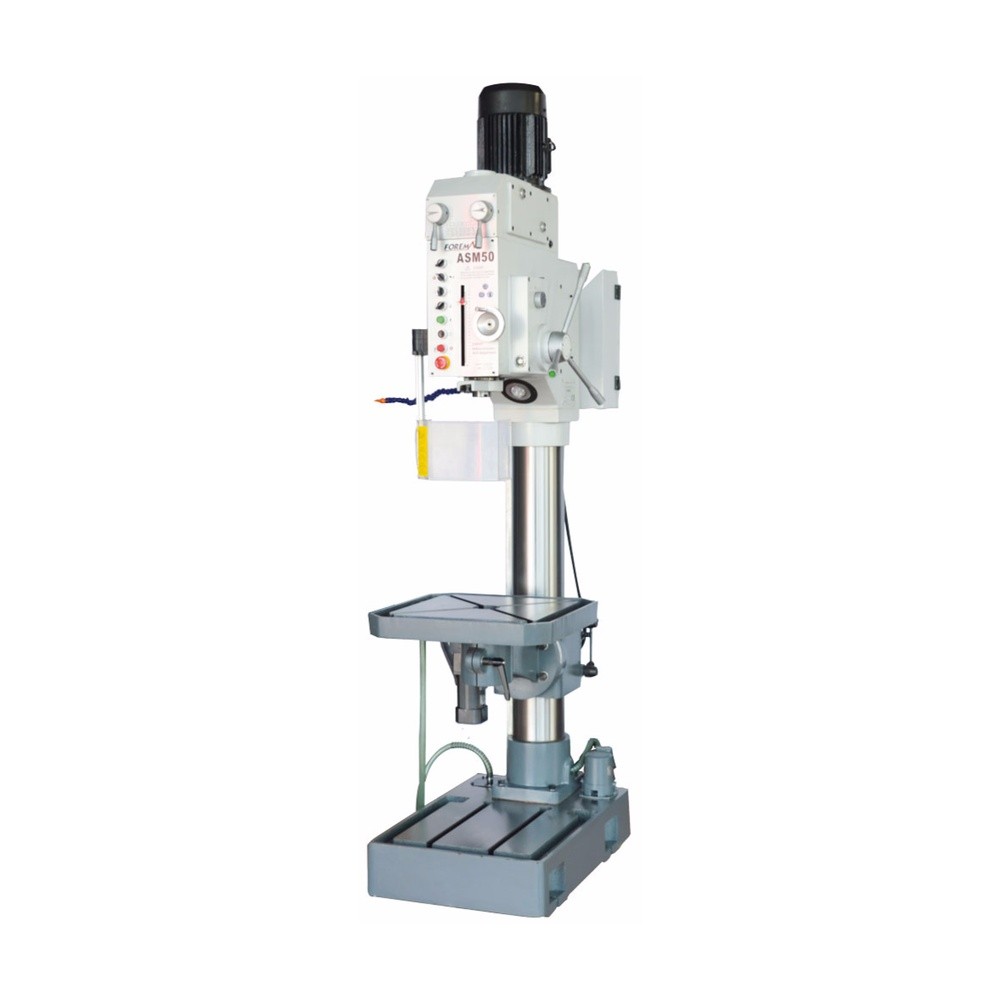
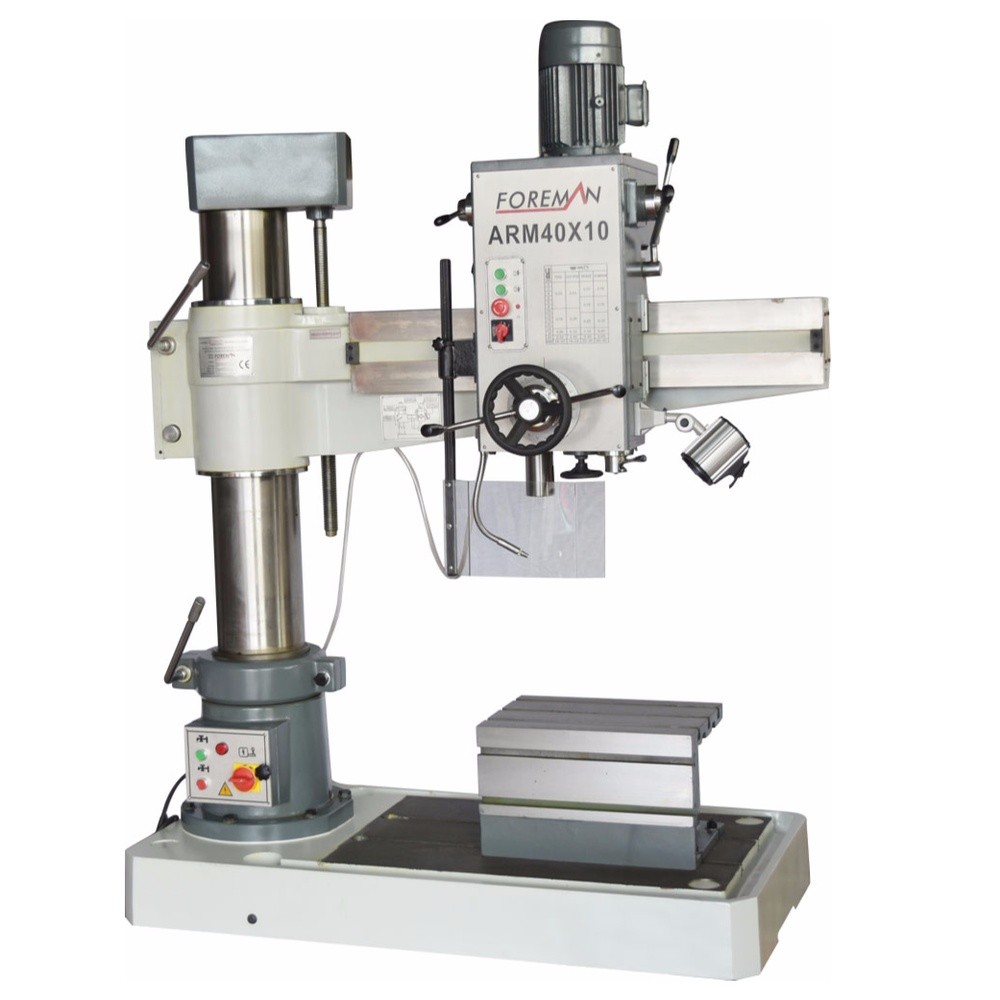
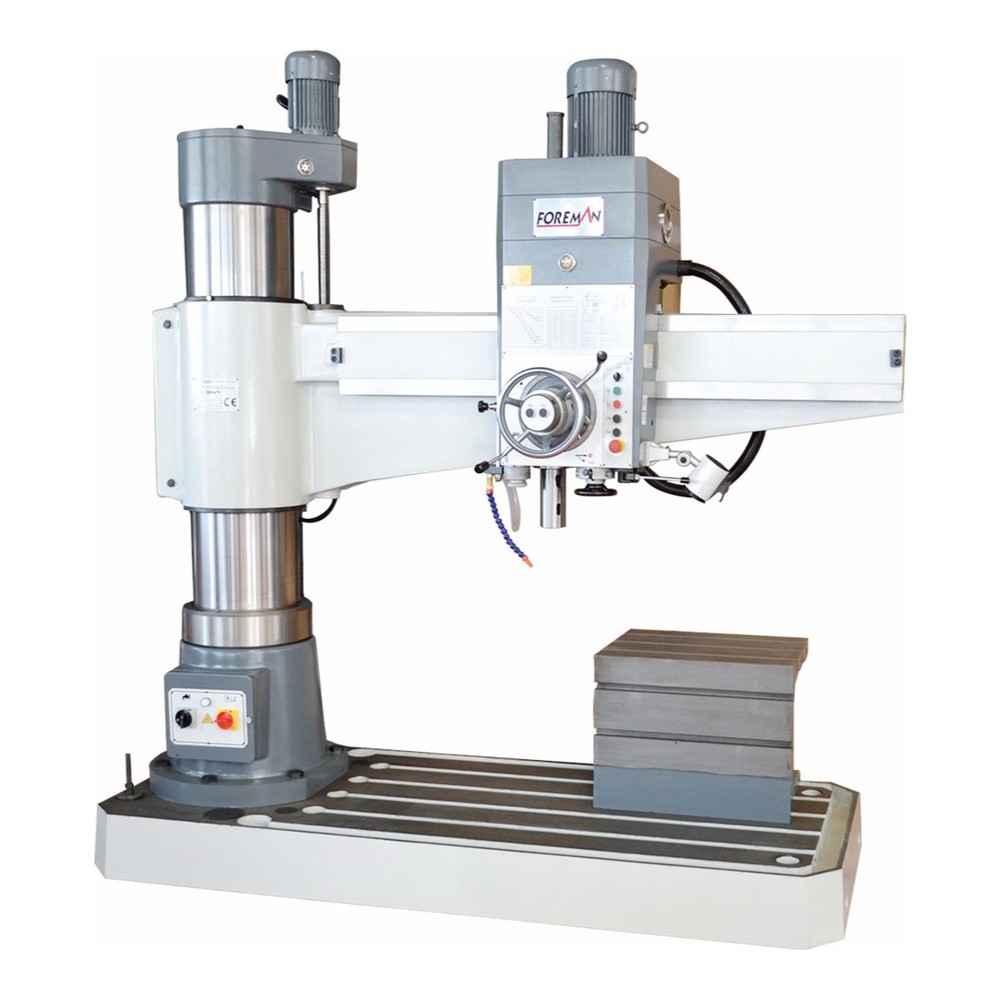
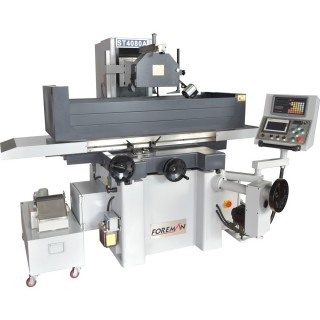
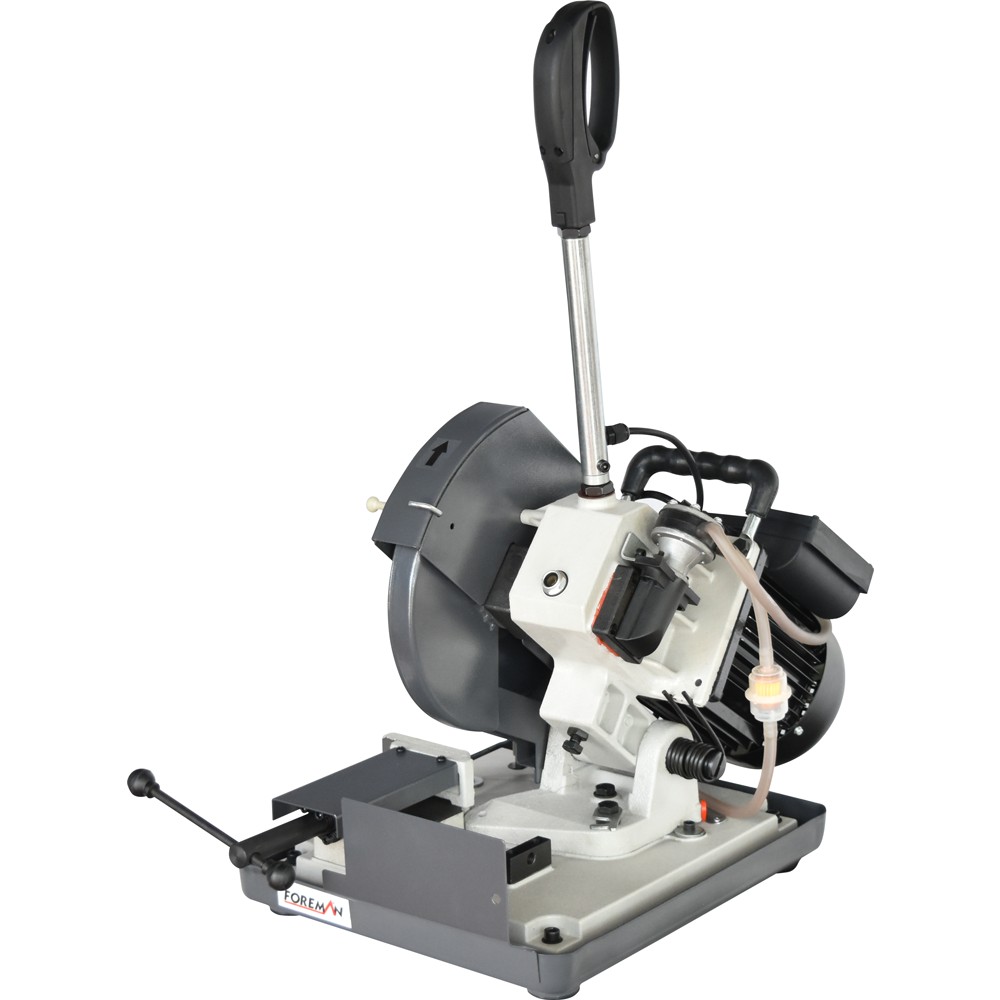
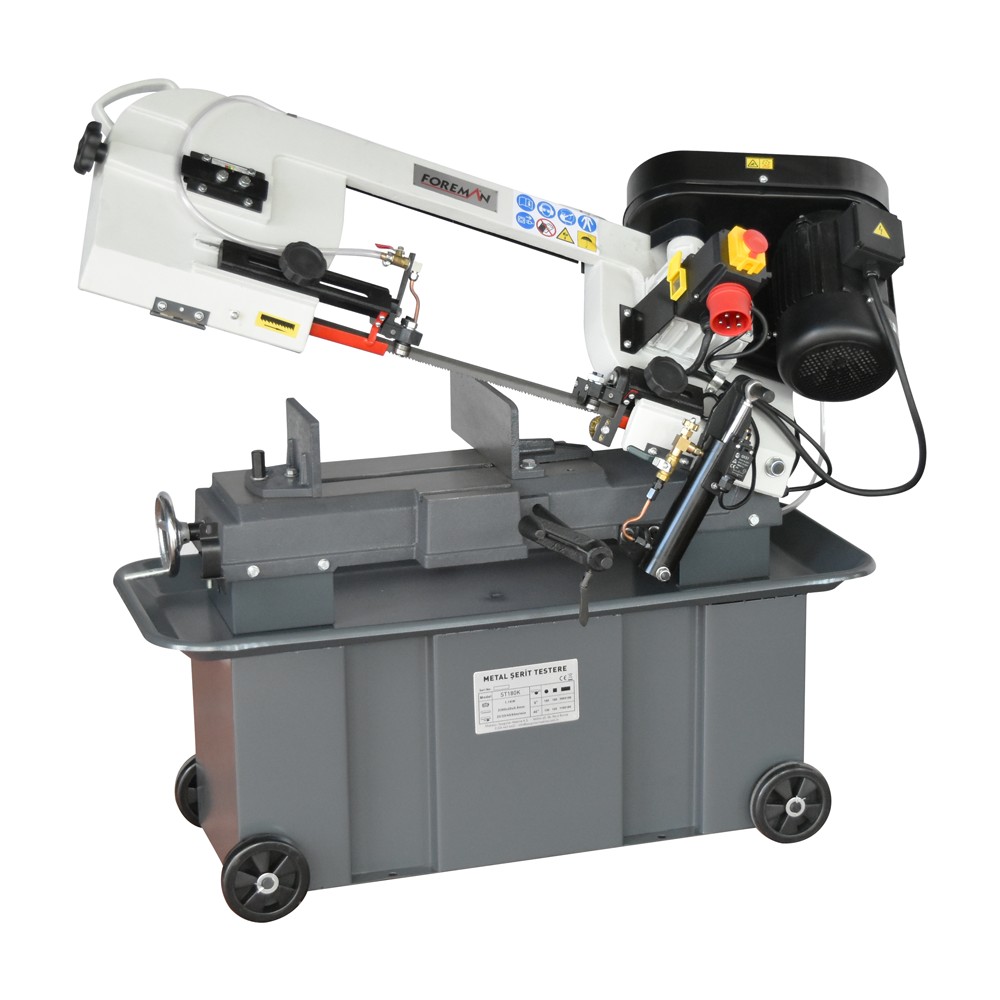
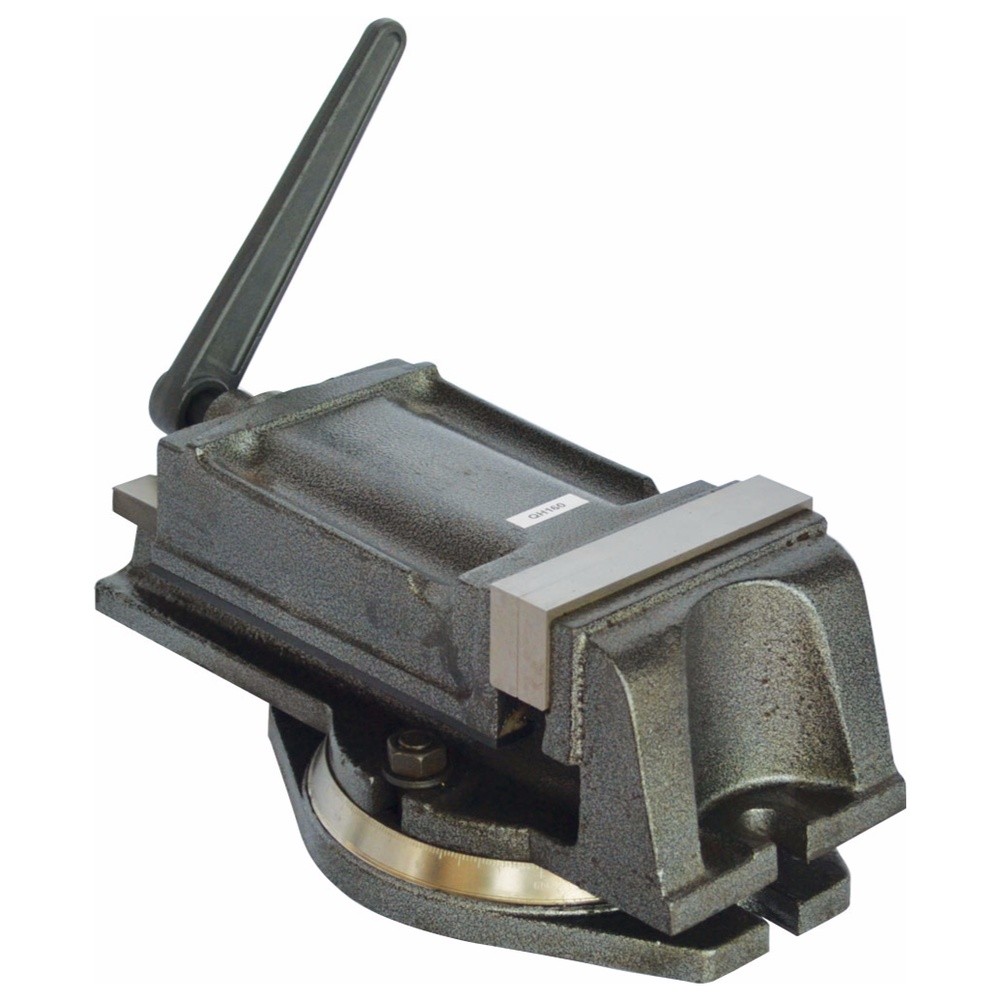
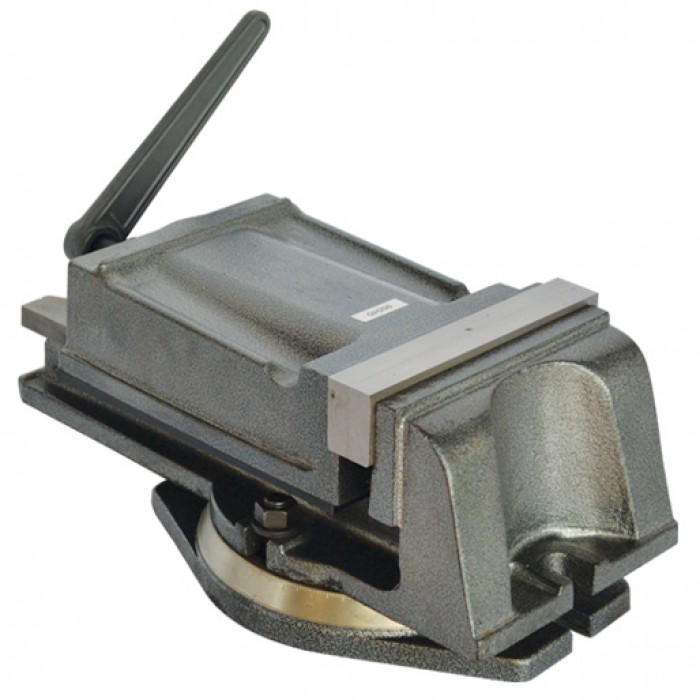
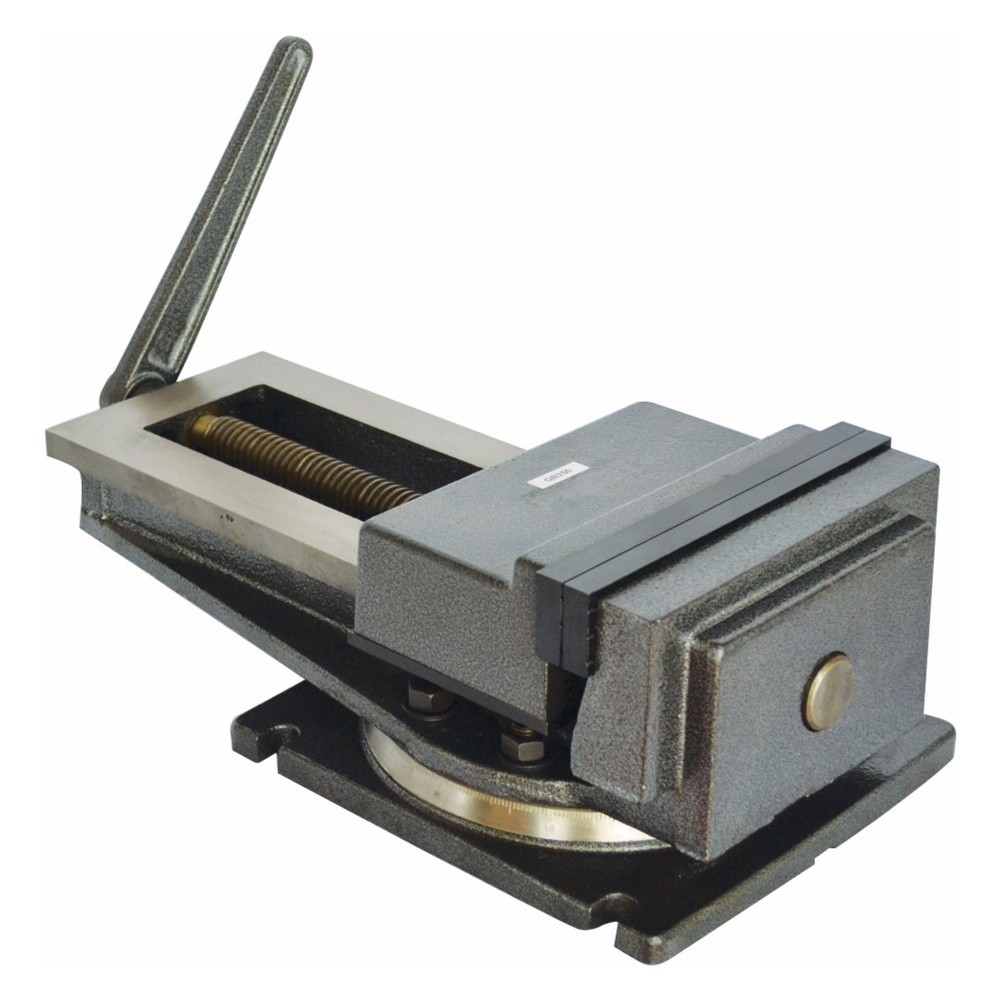
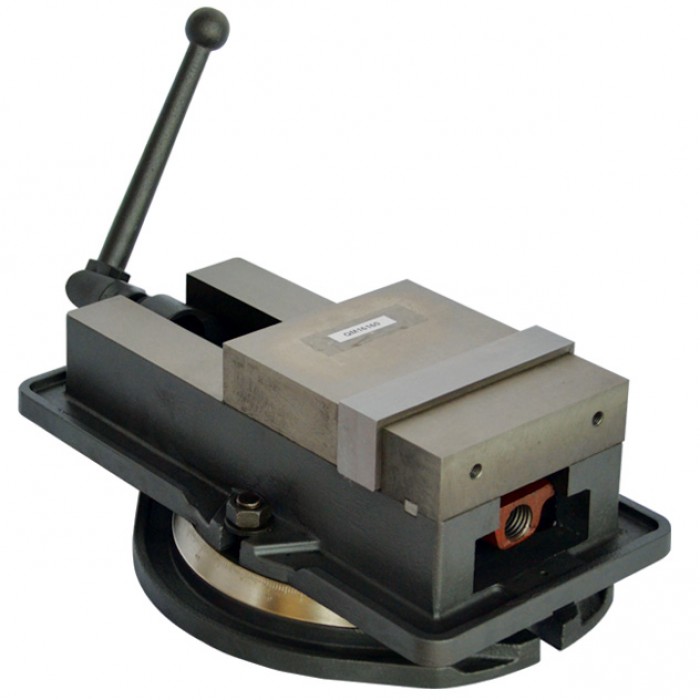
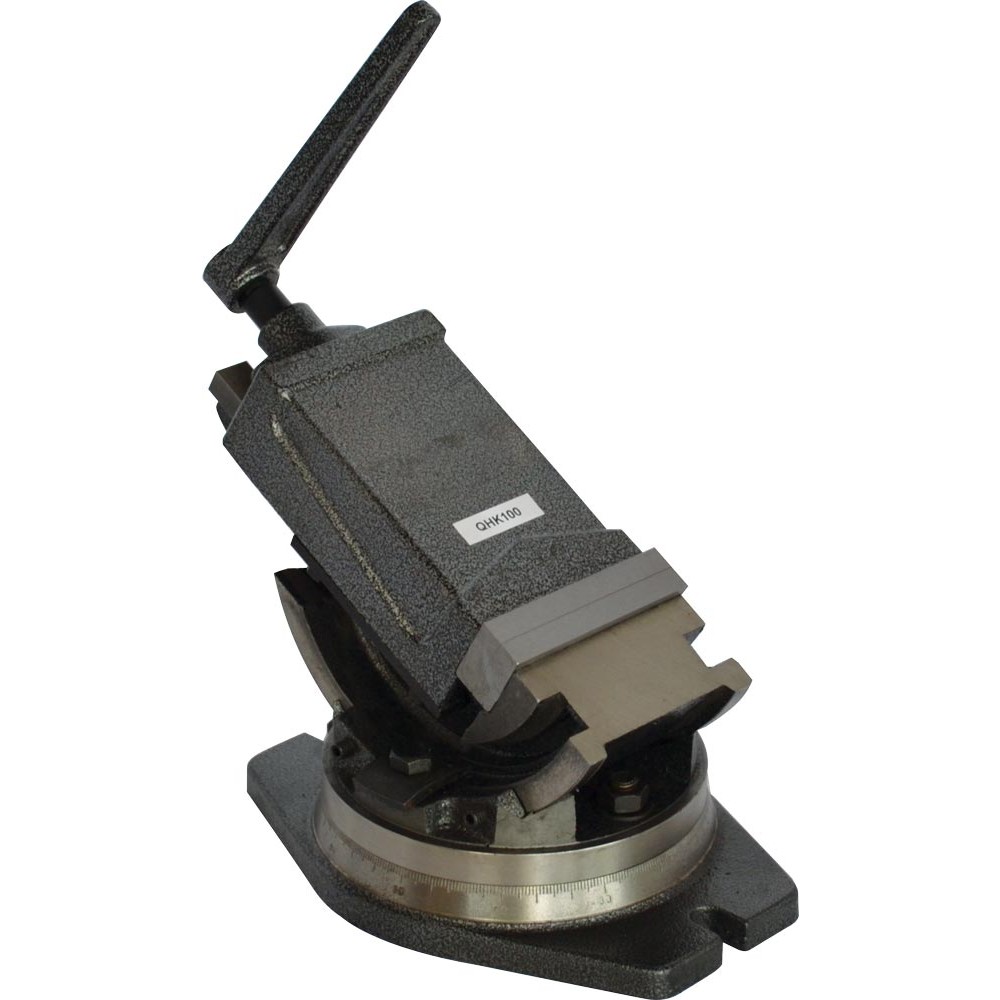
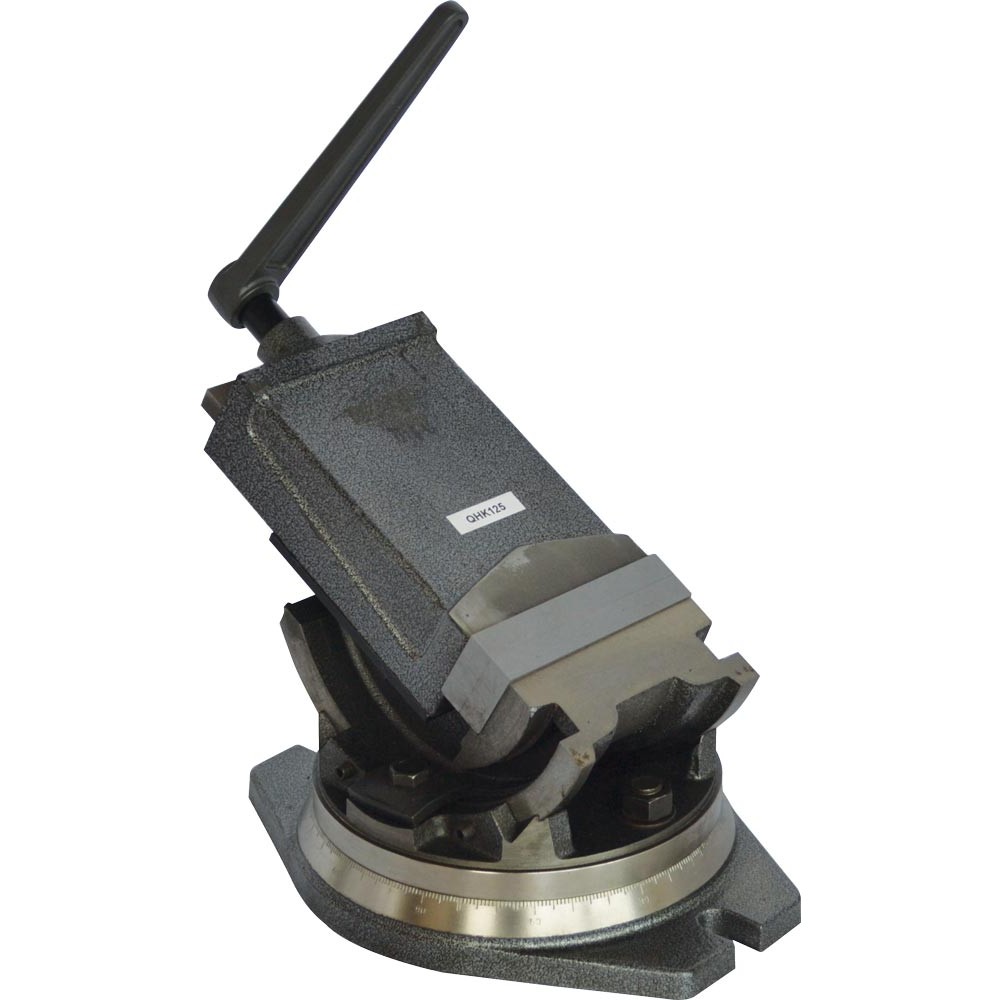
_zkmmzopp1k.jpg)
